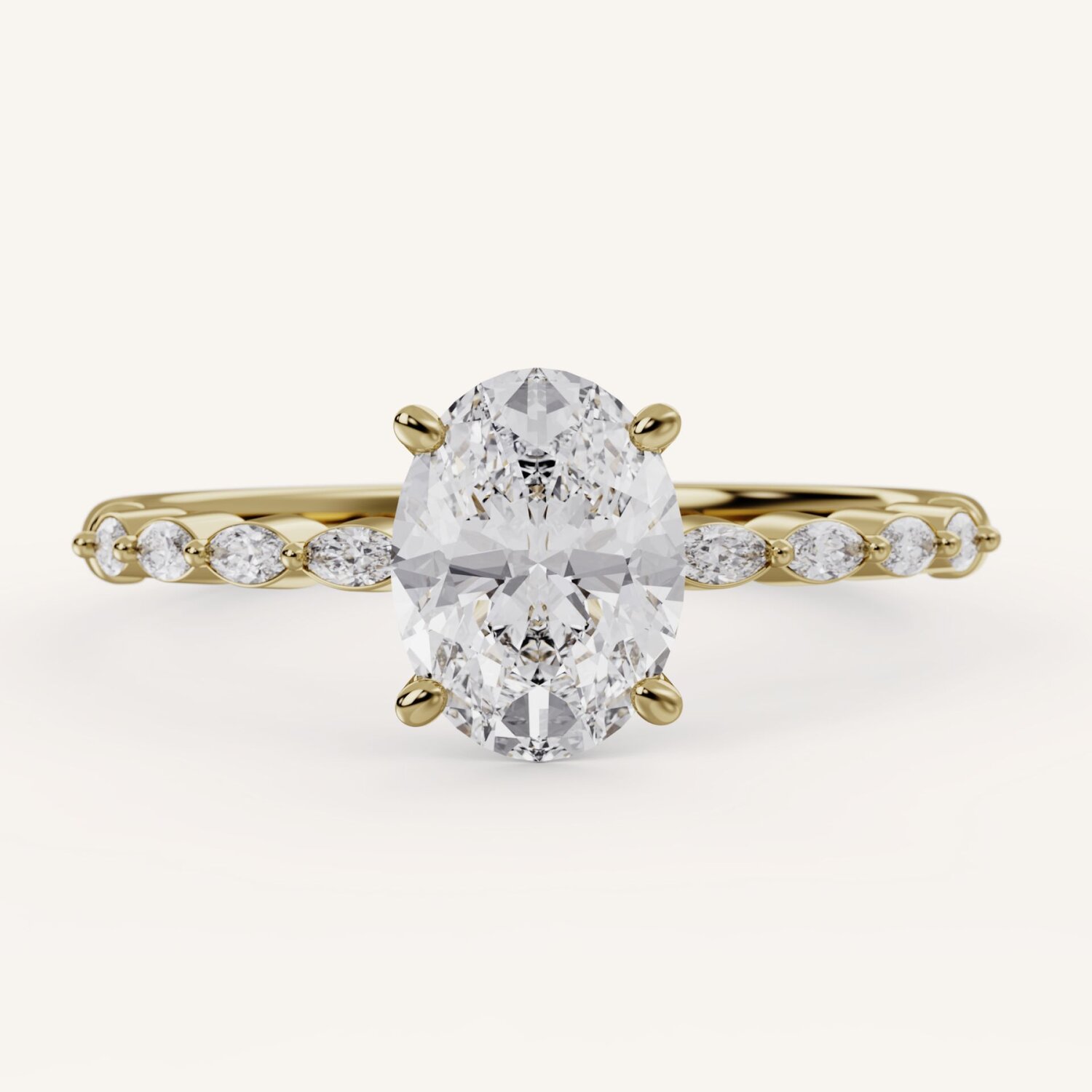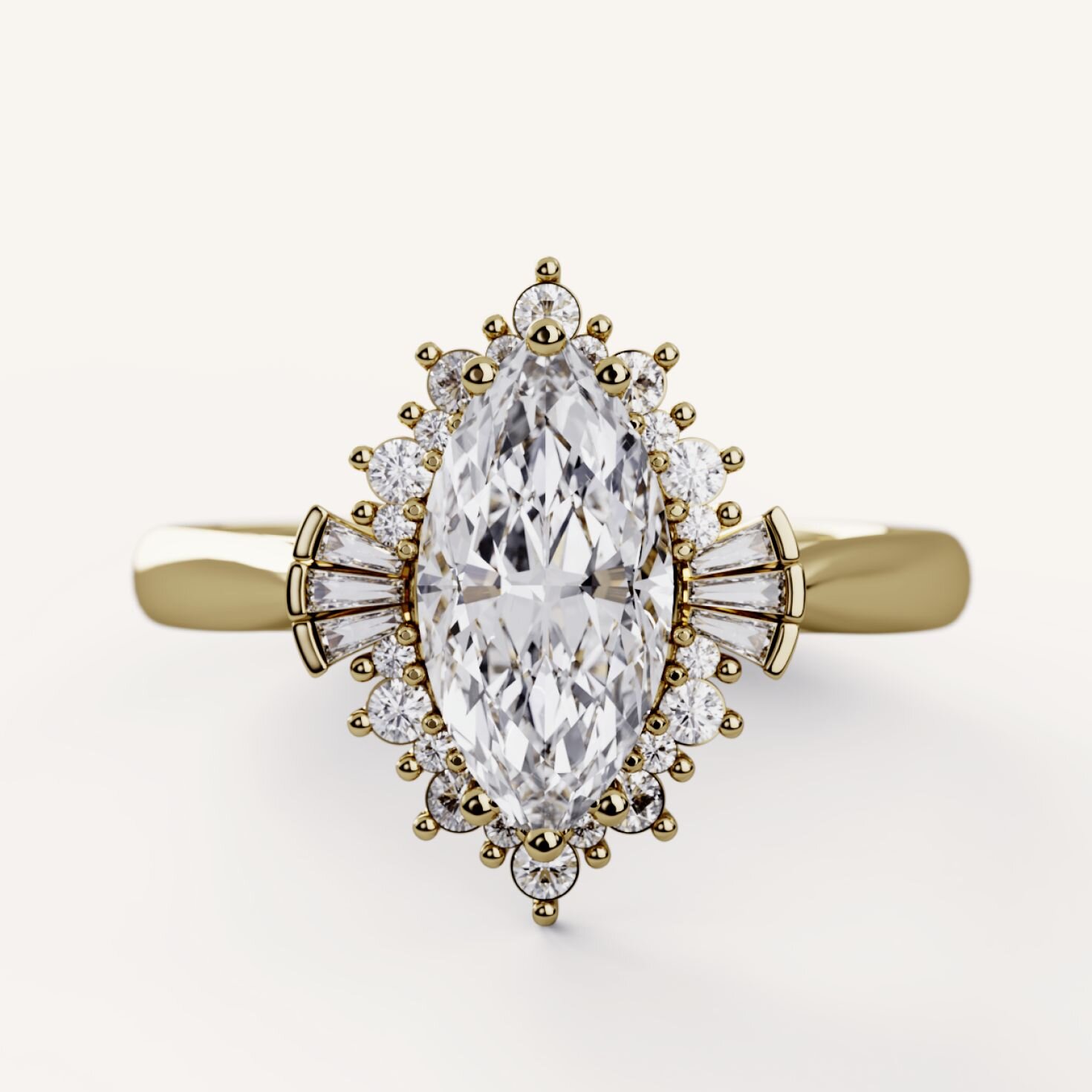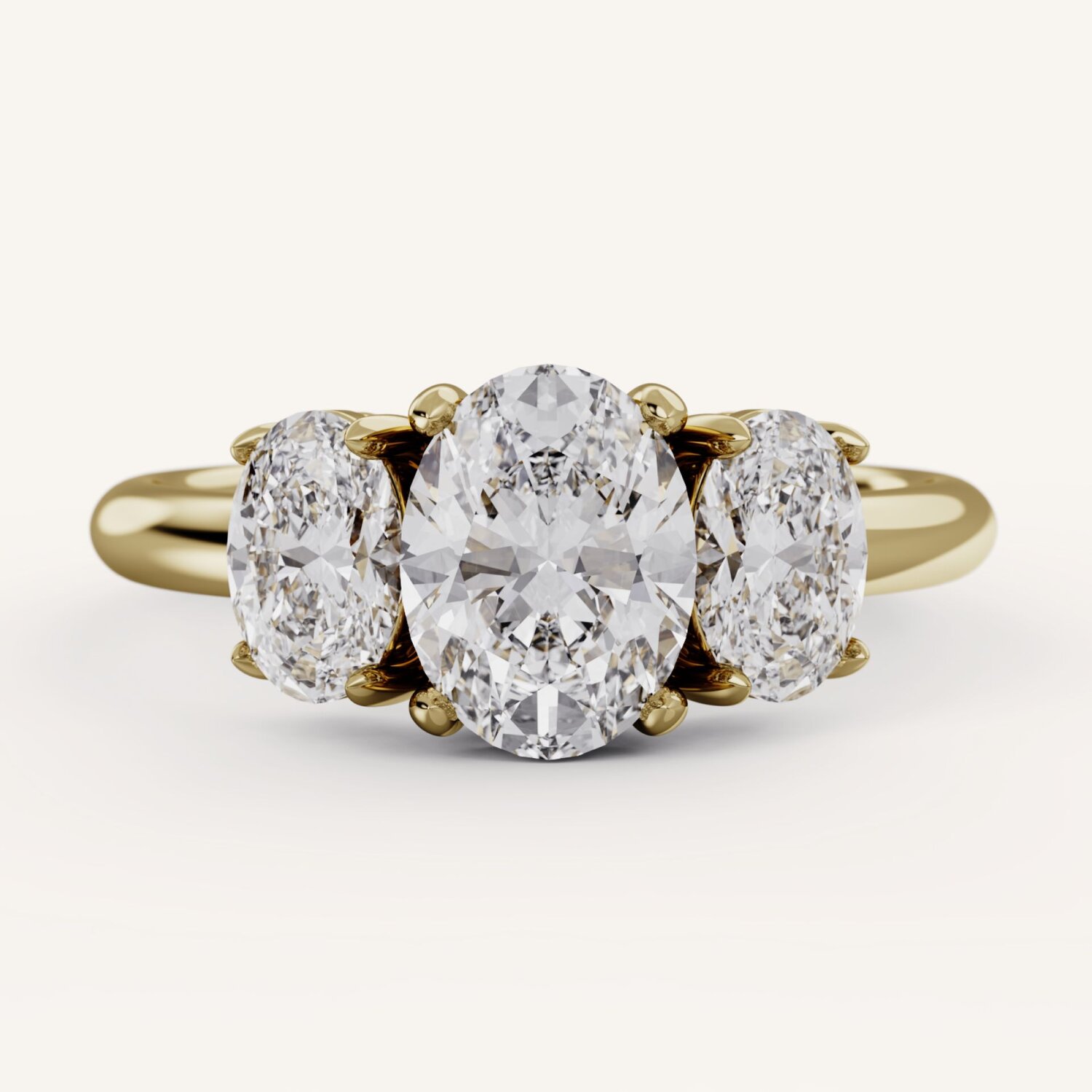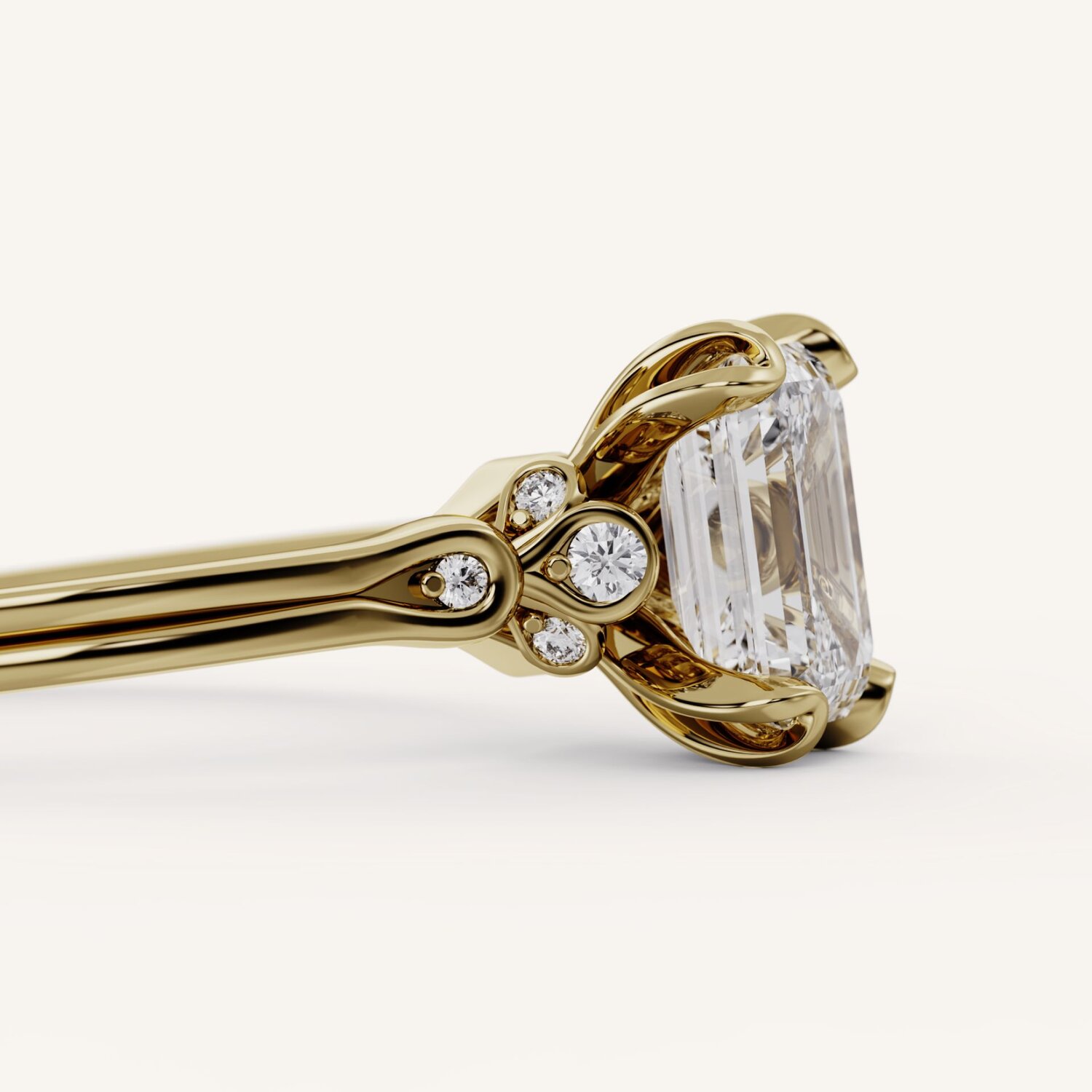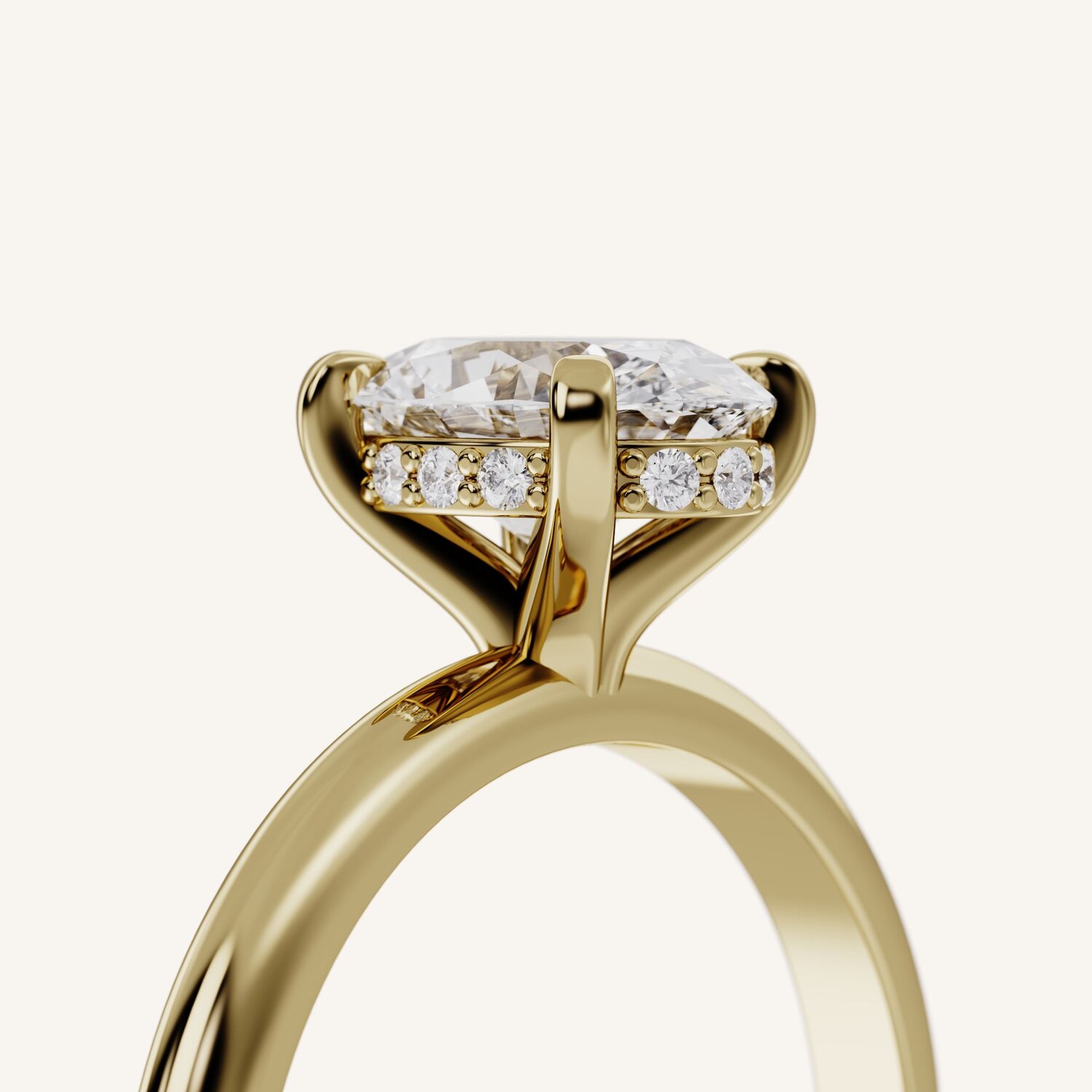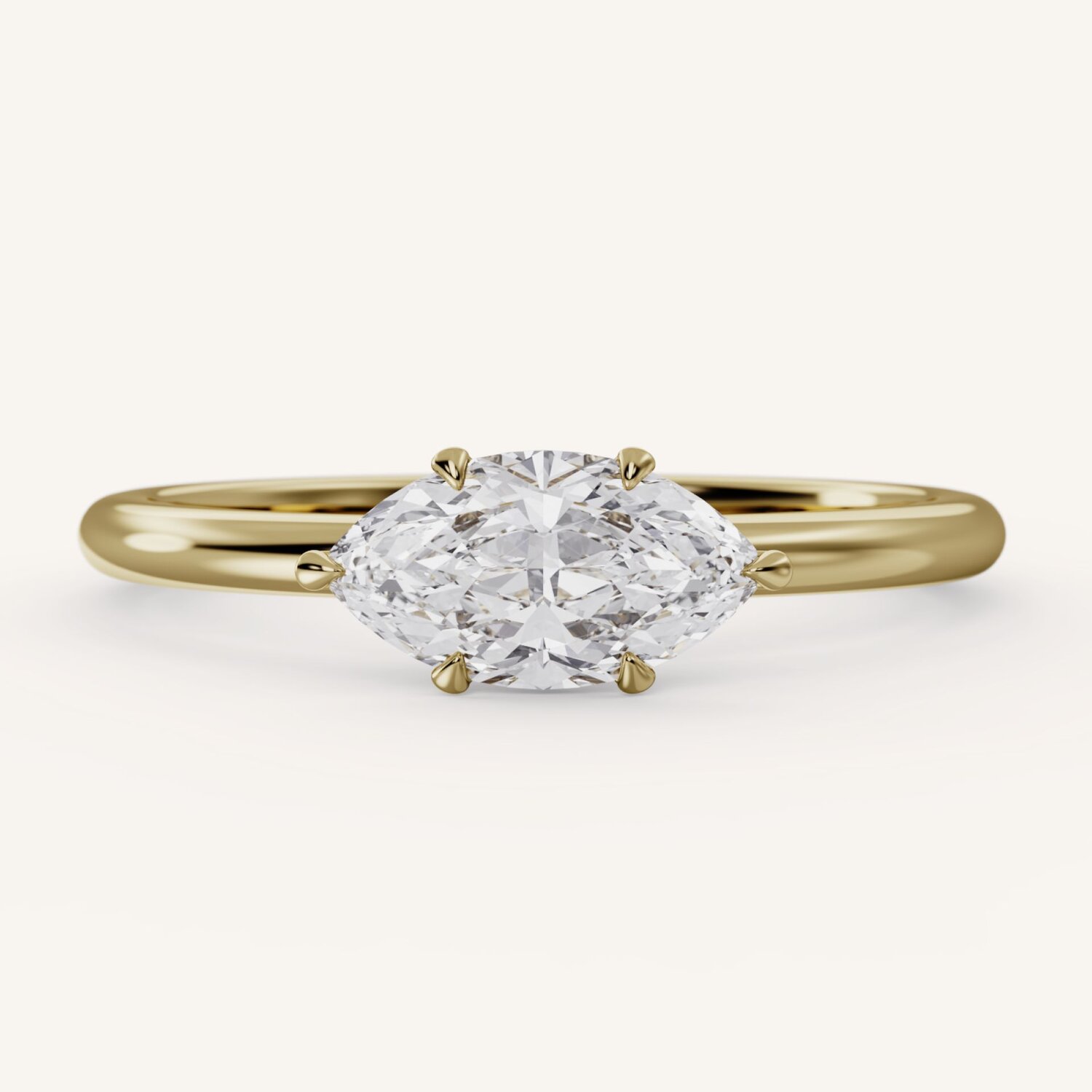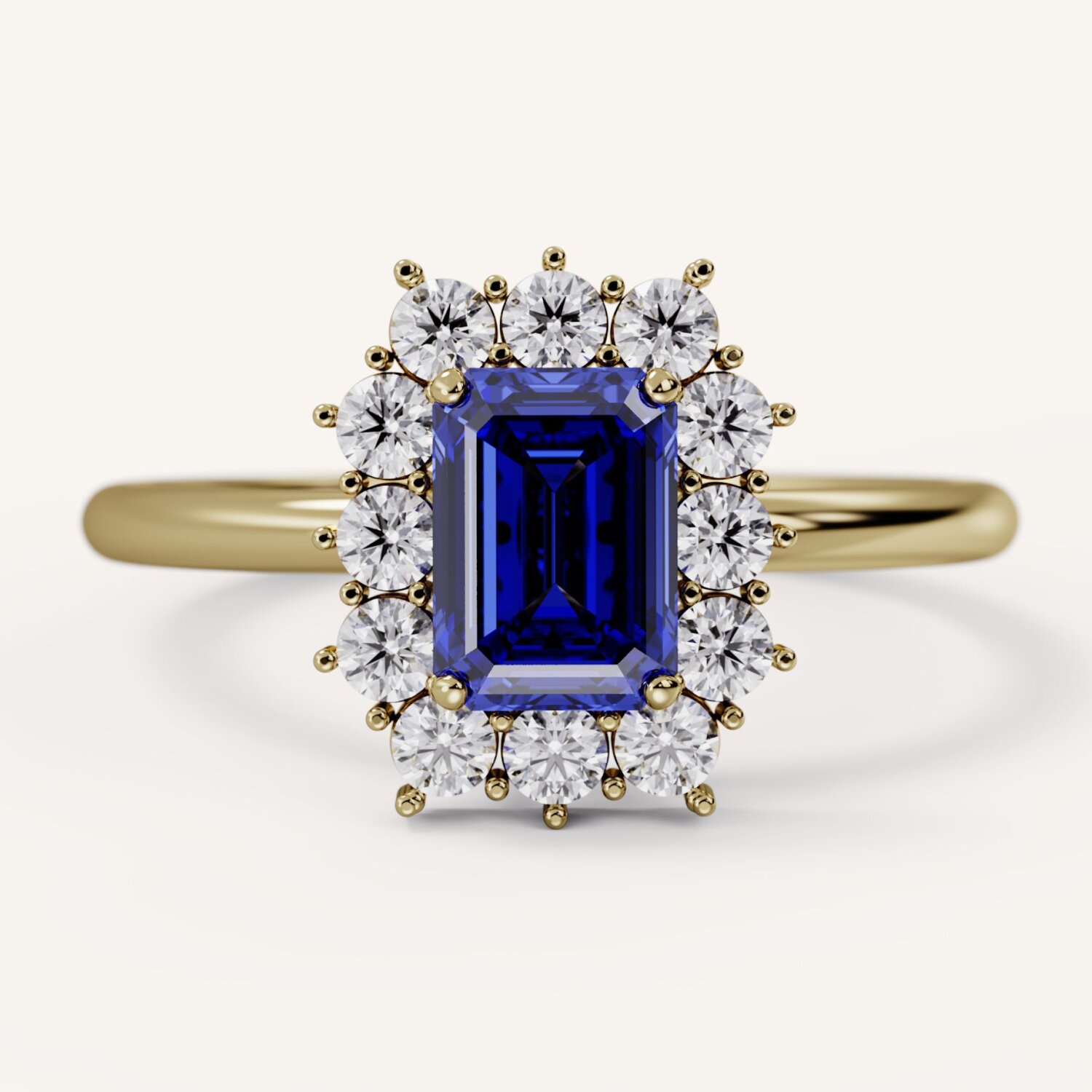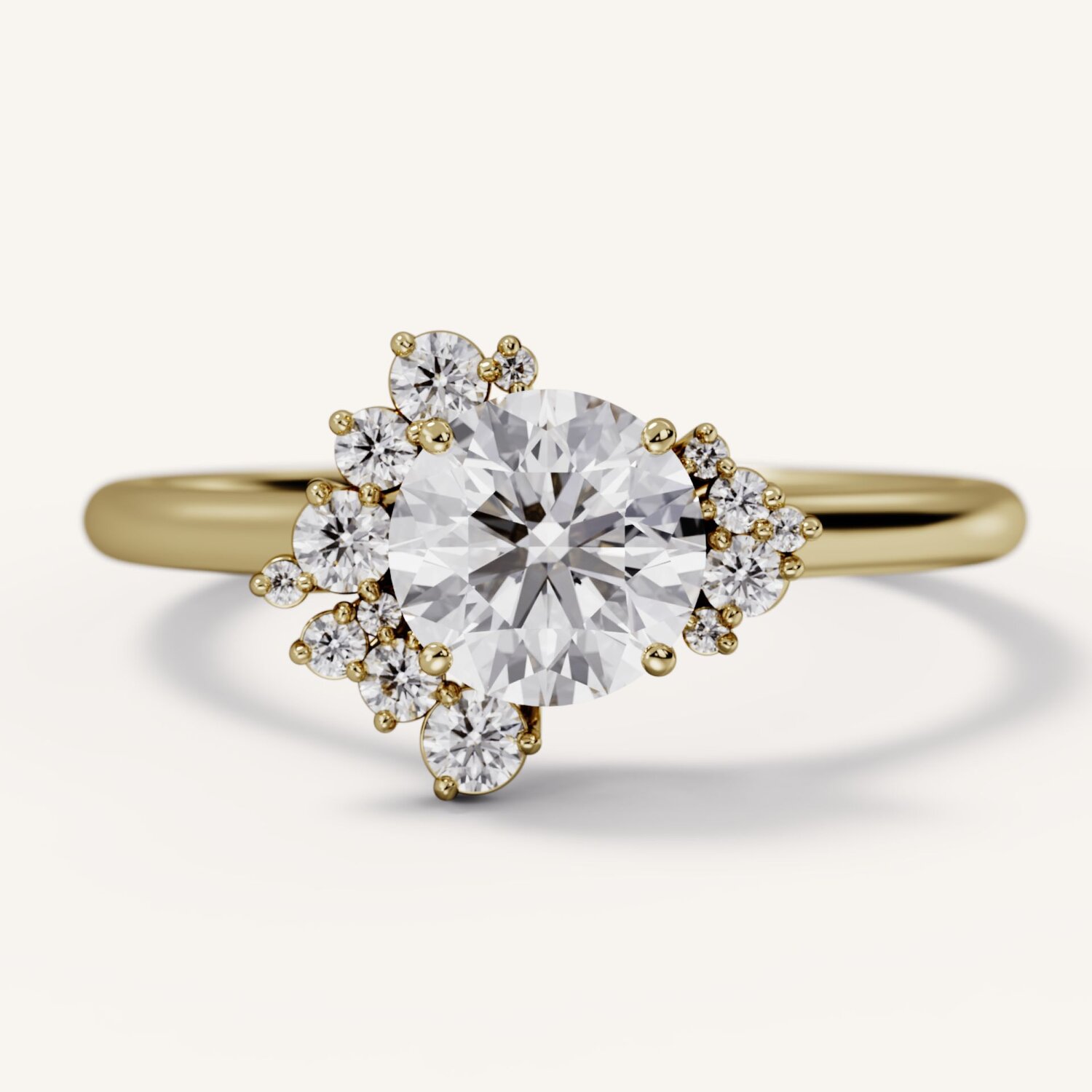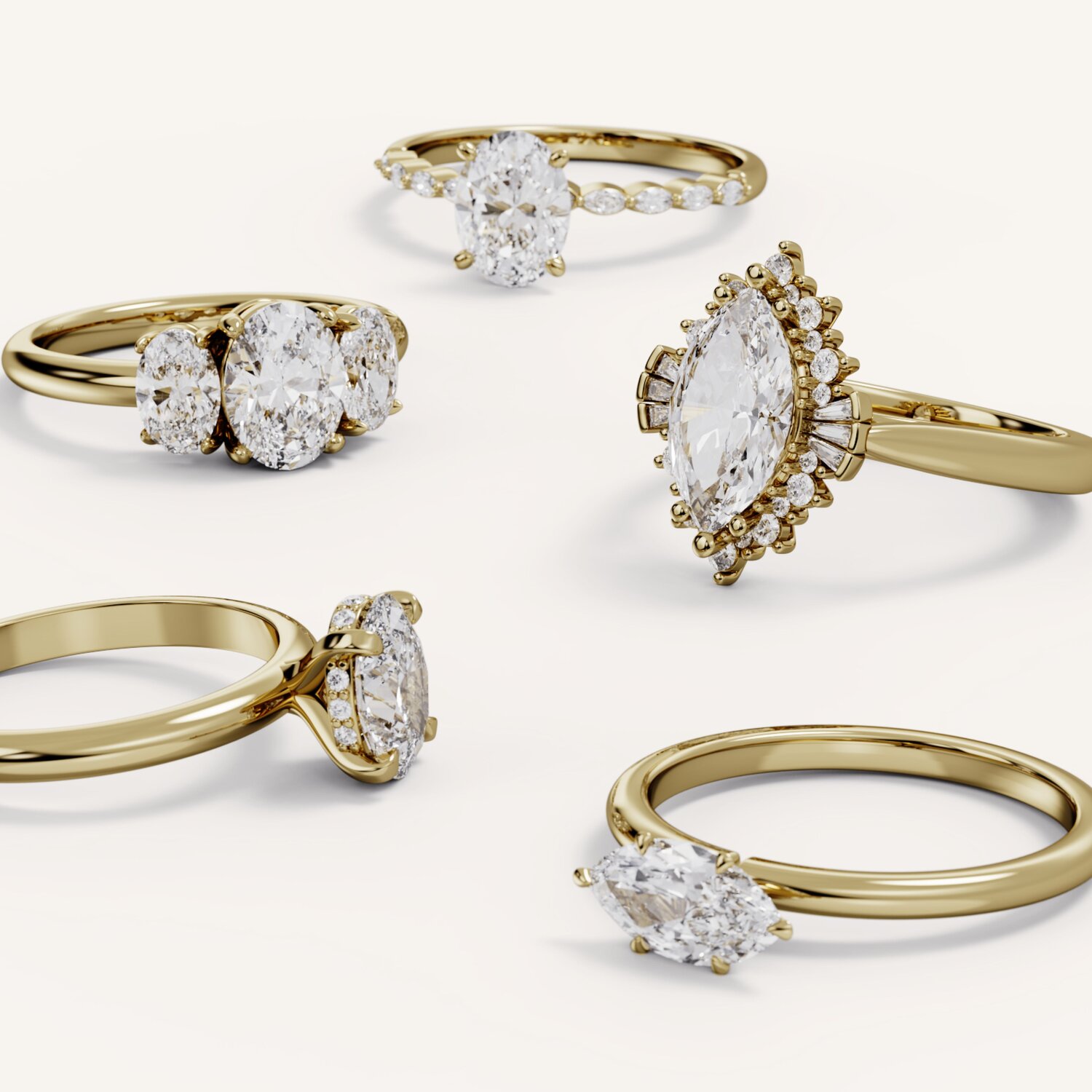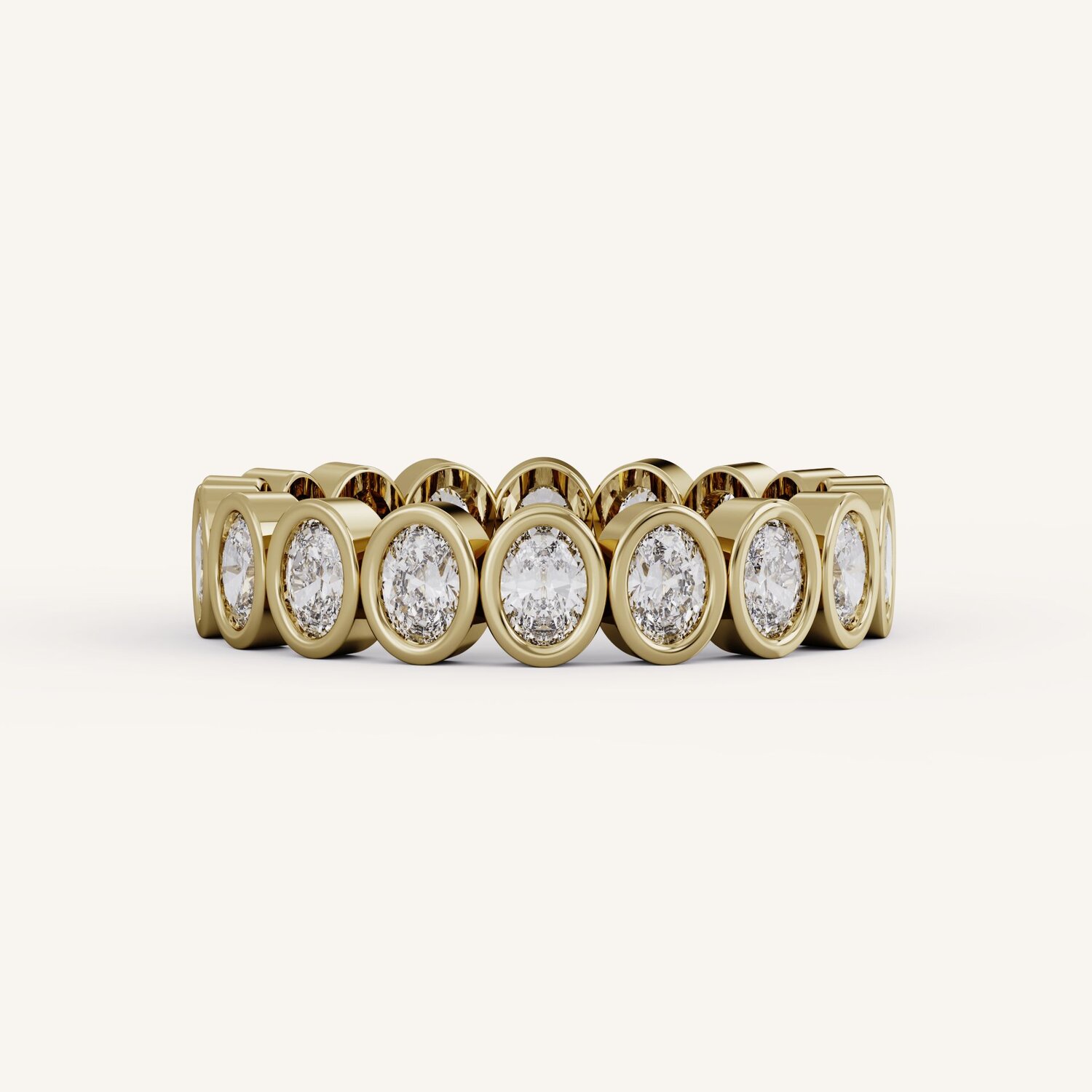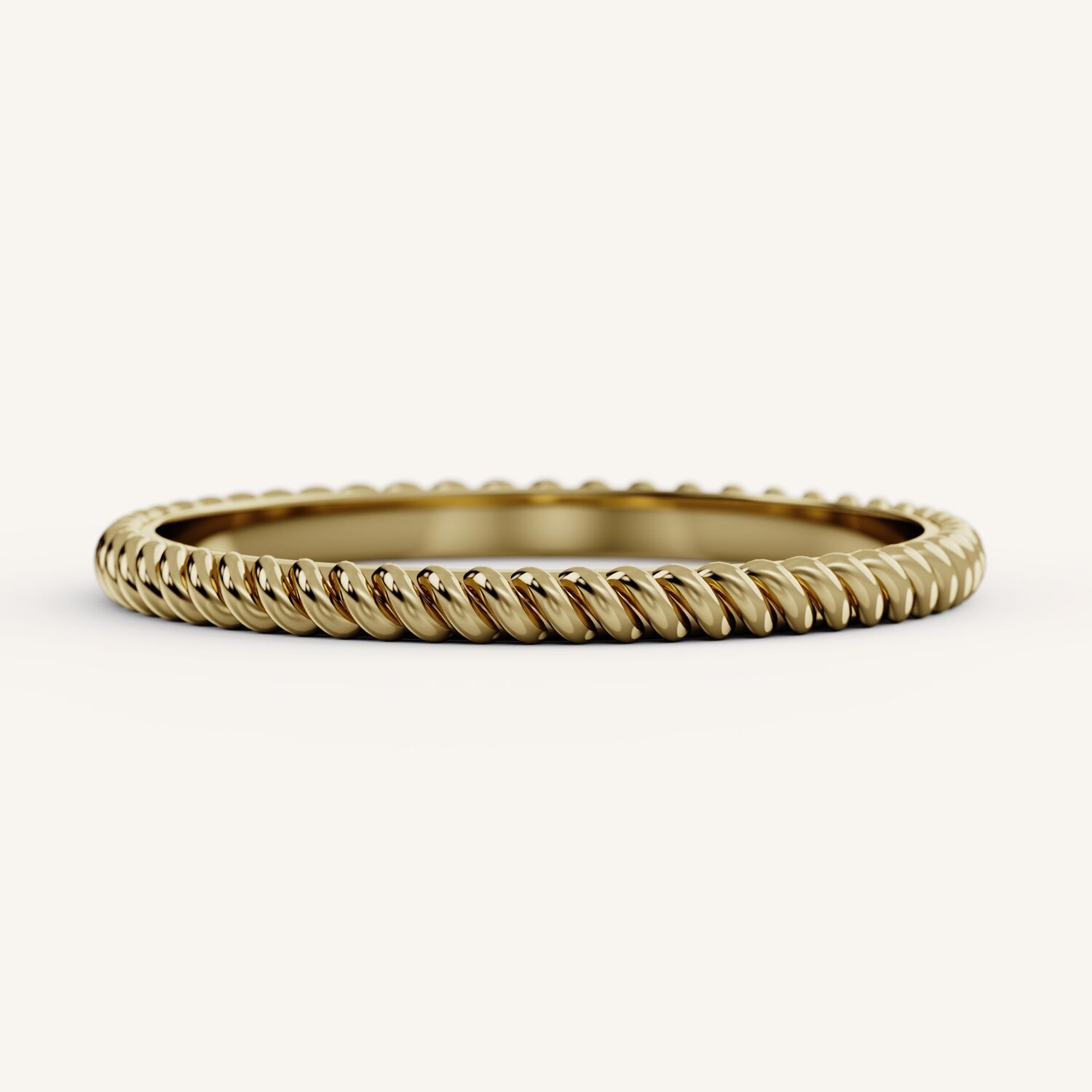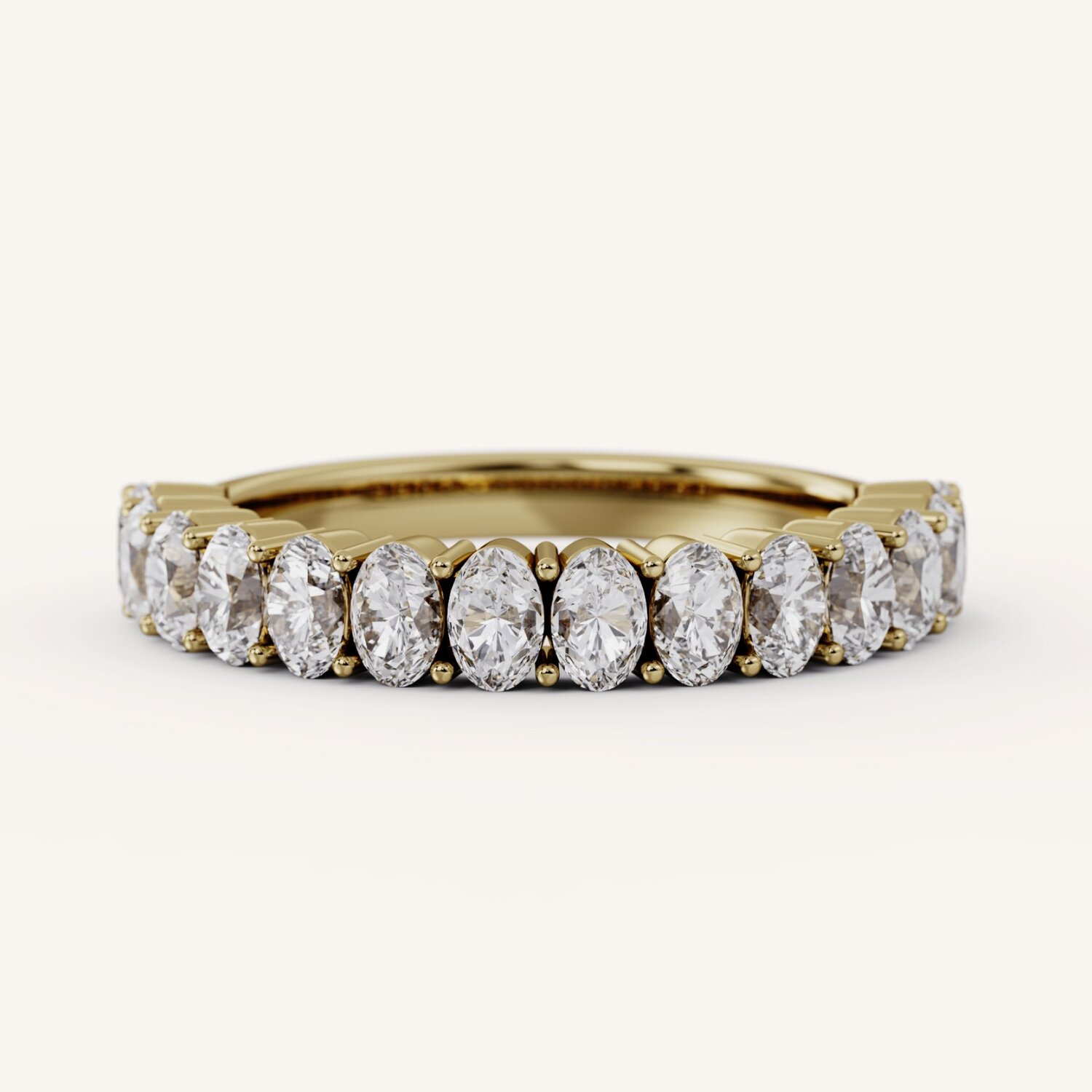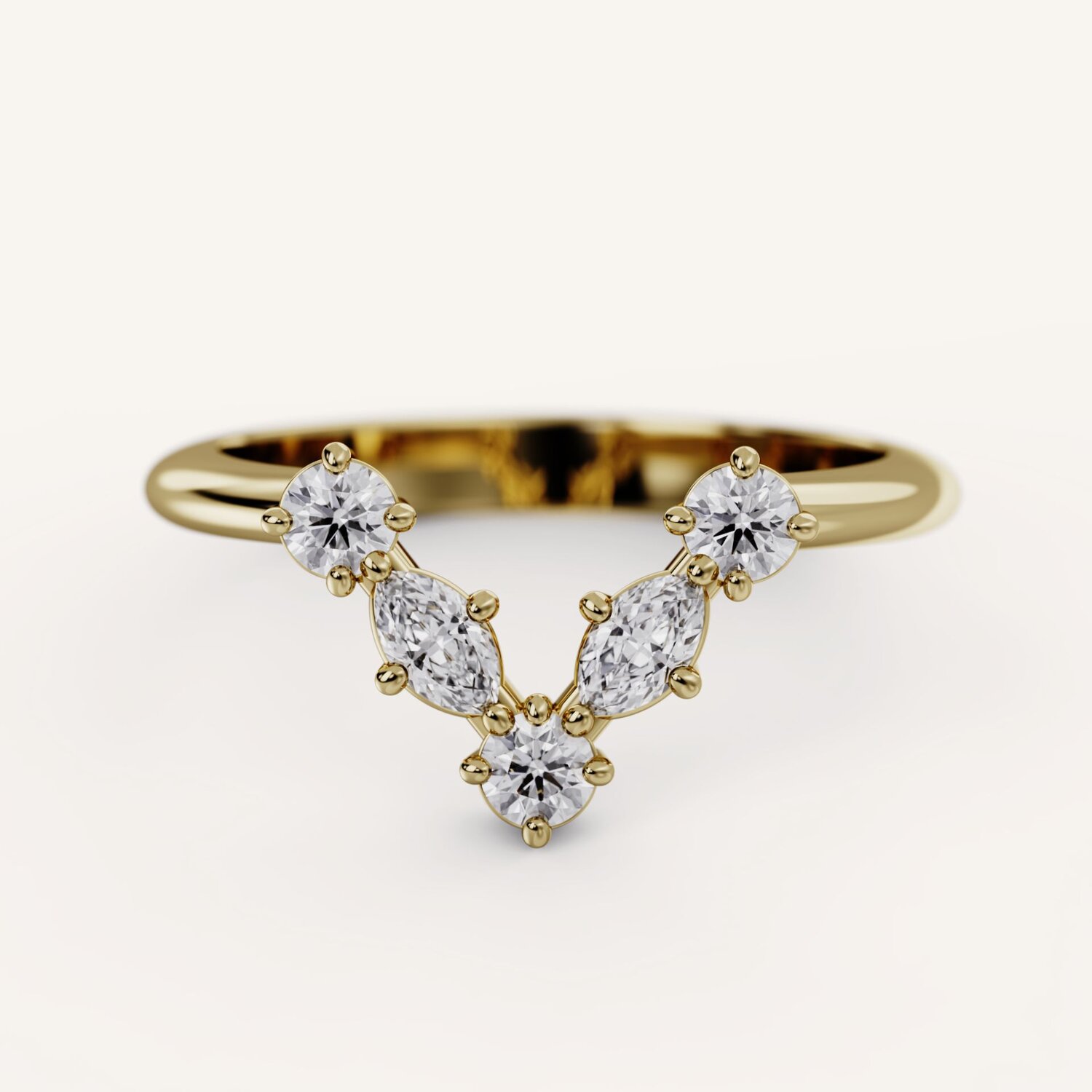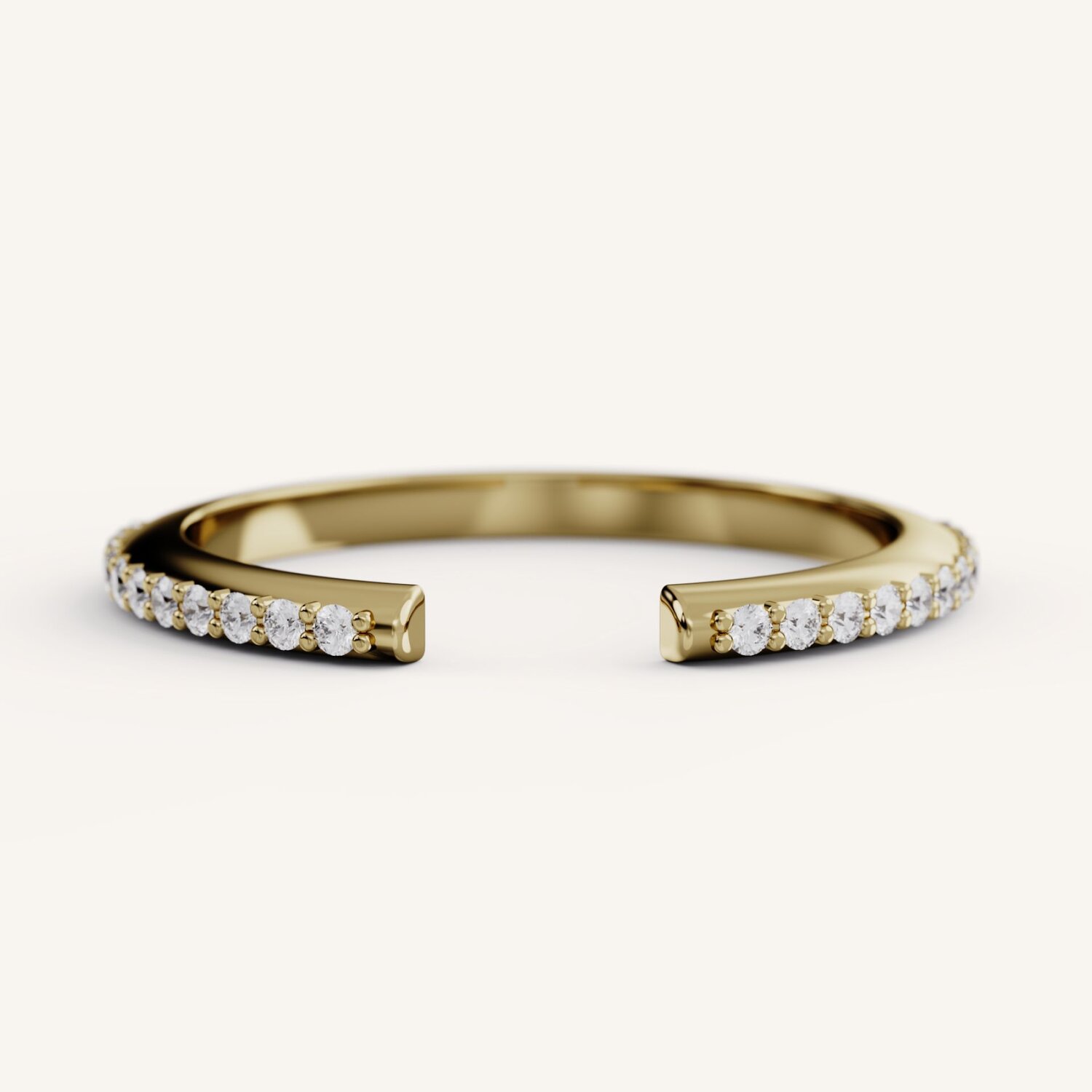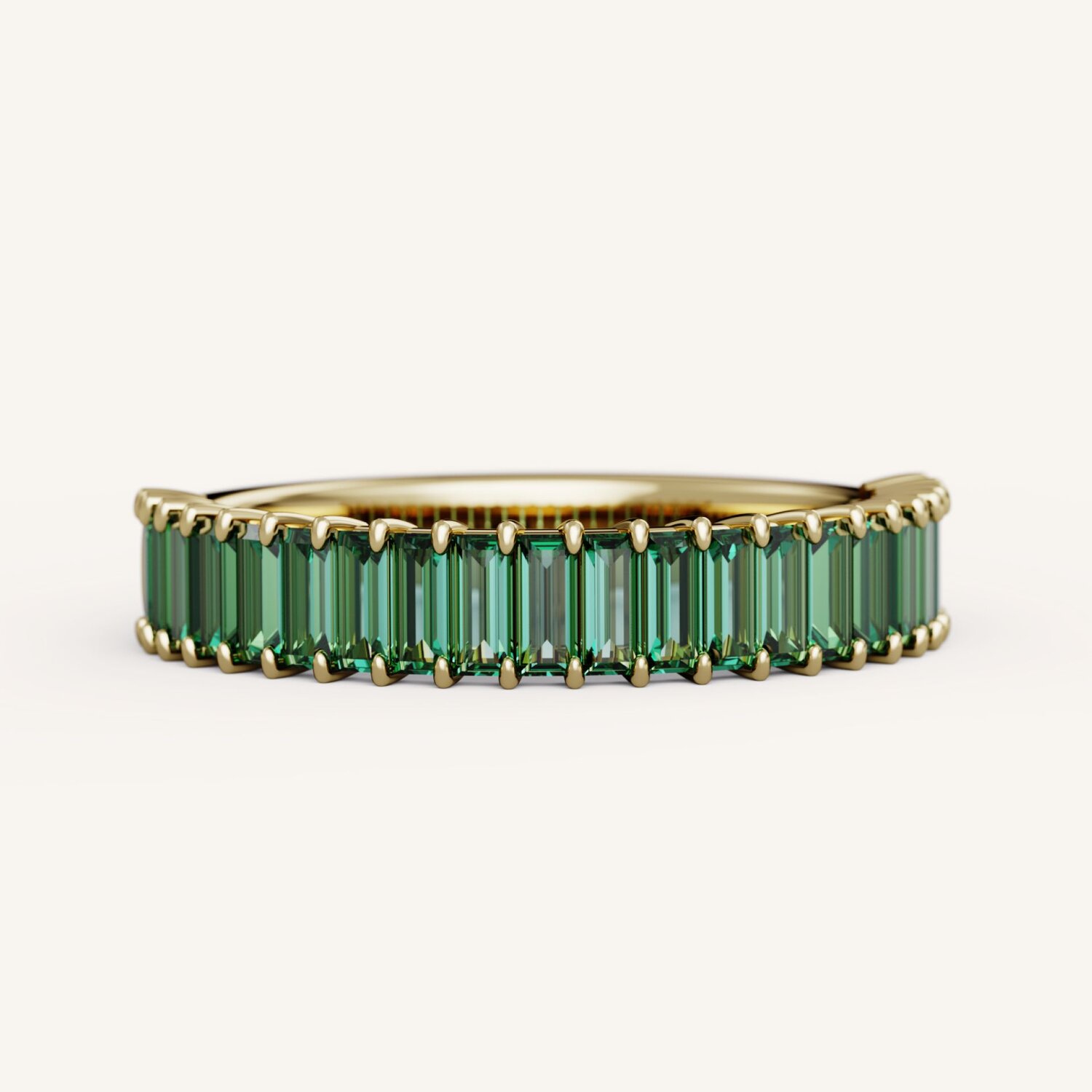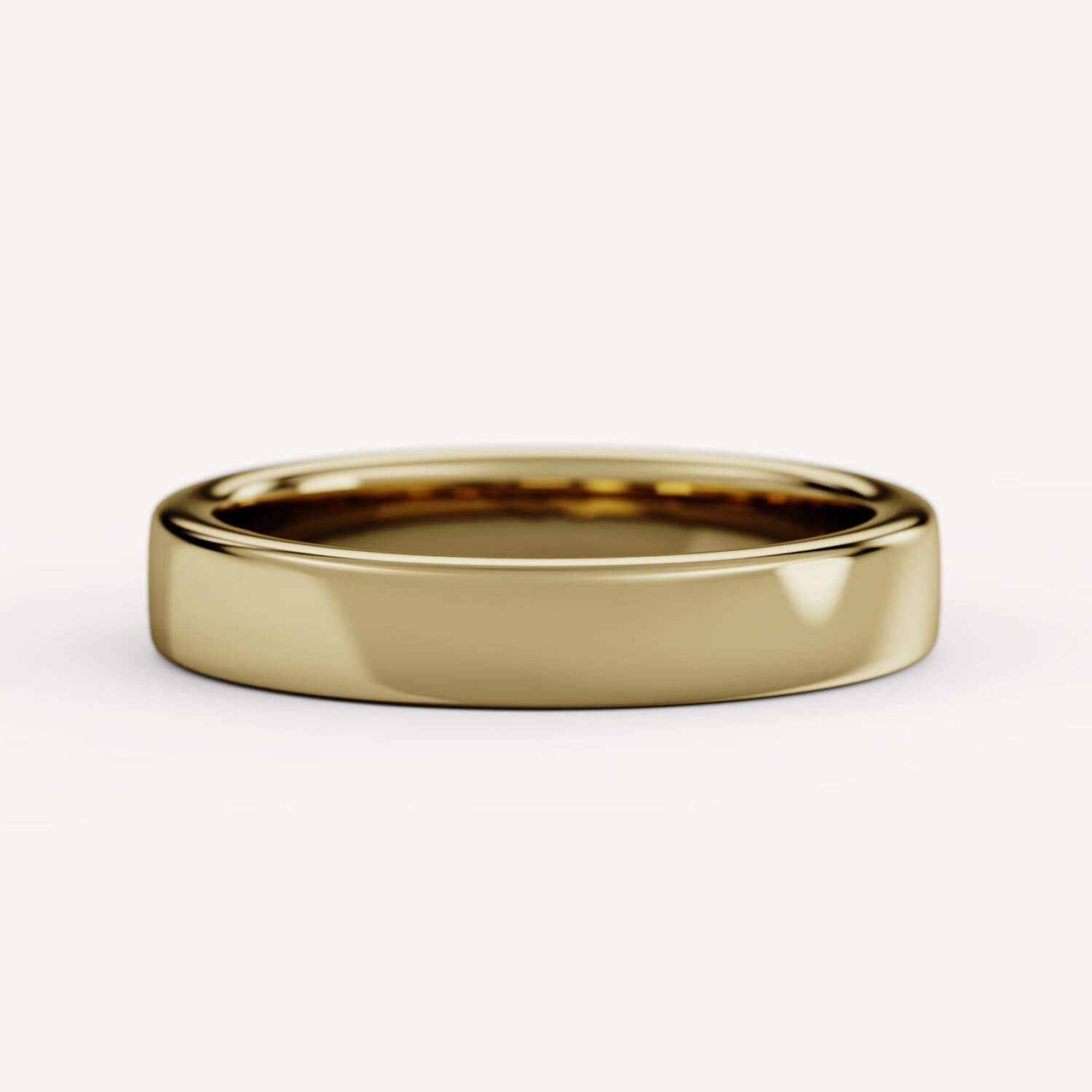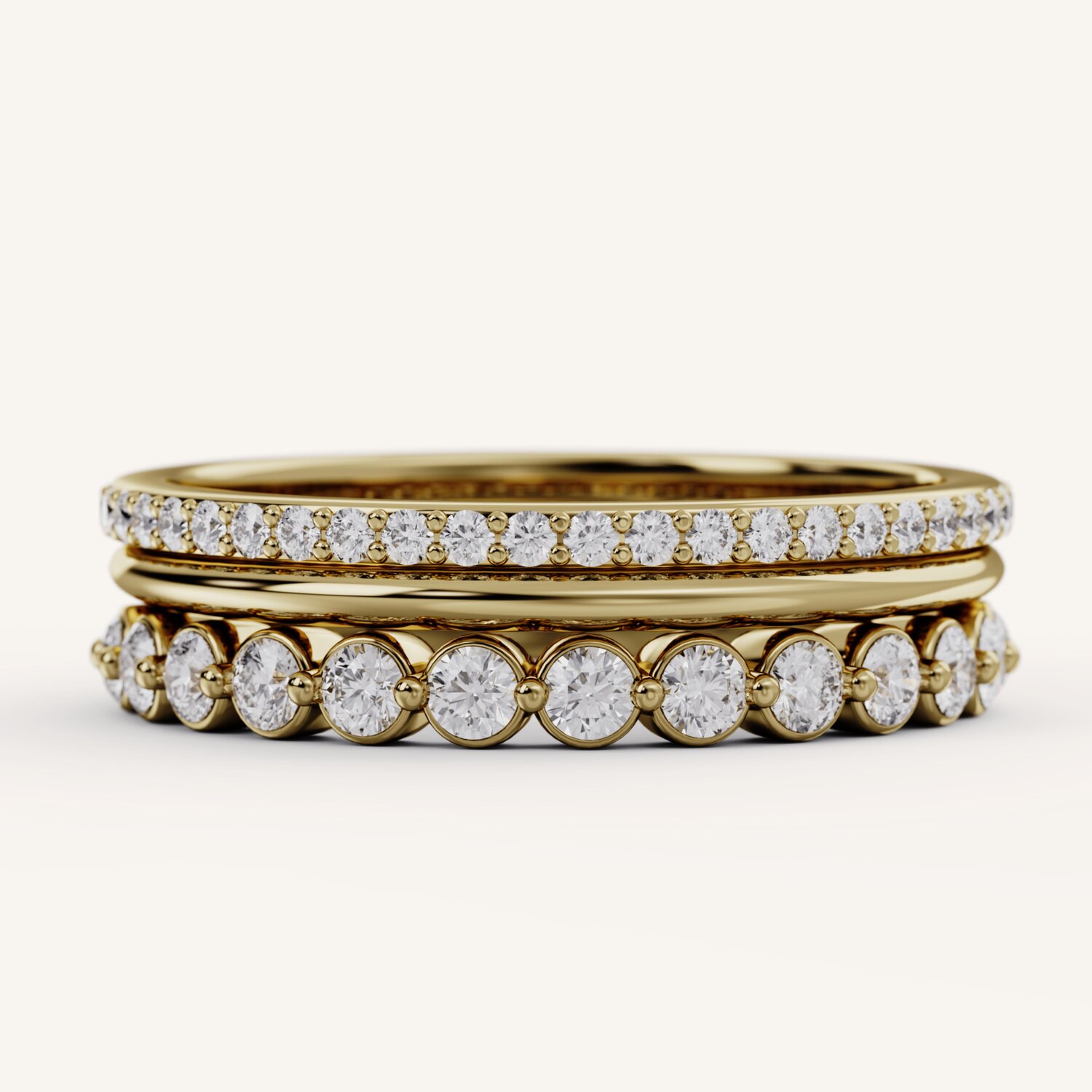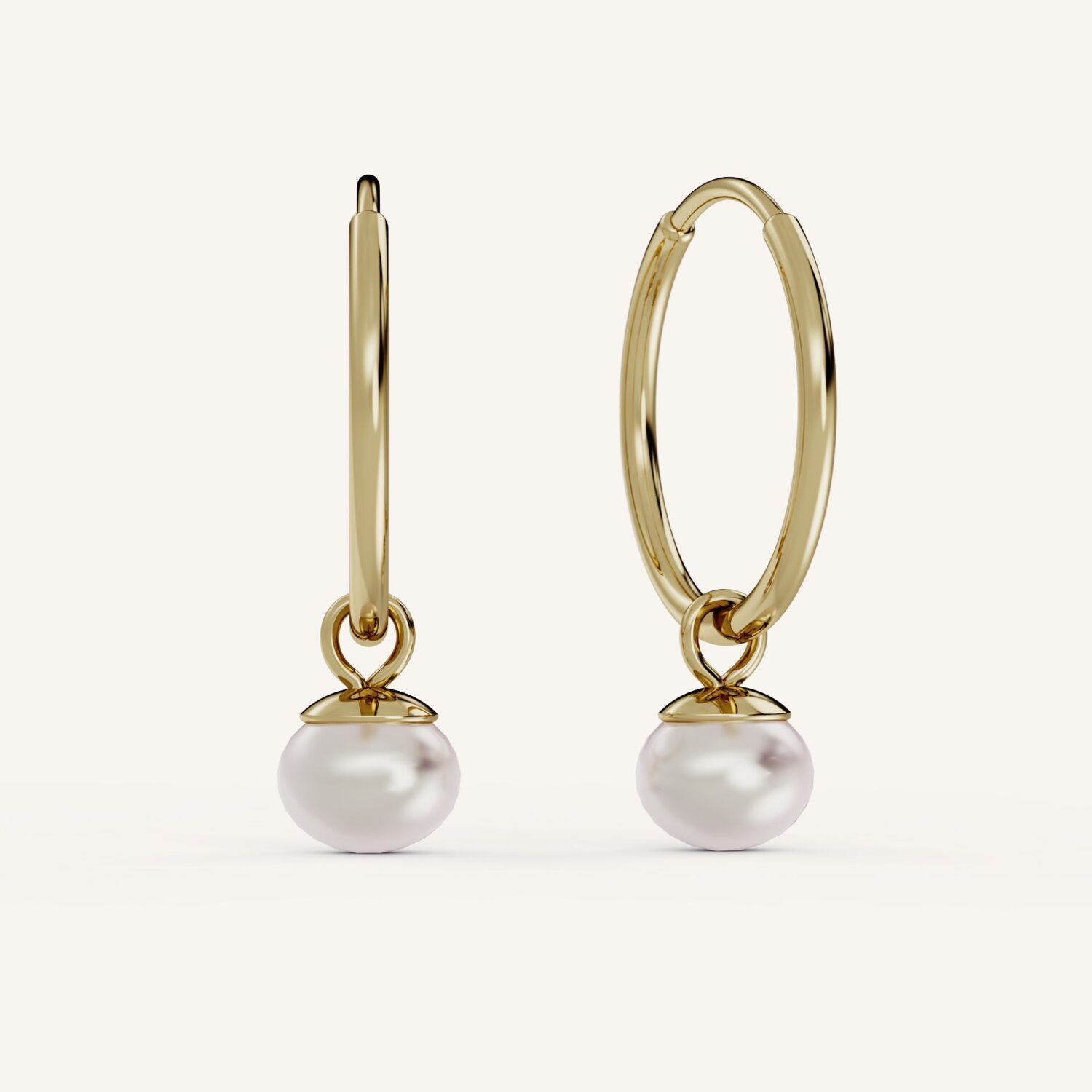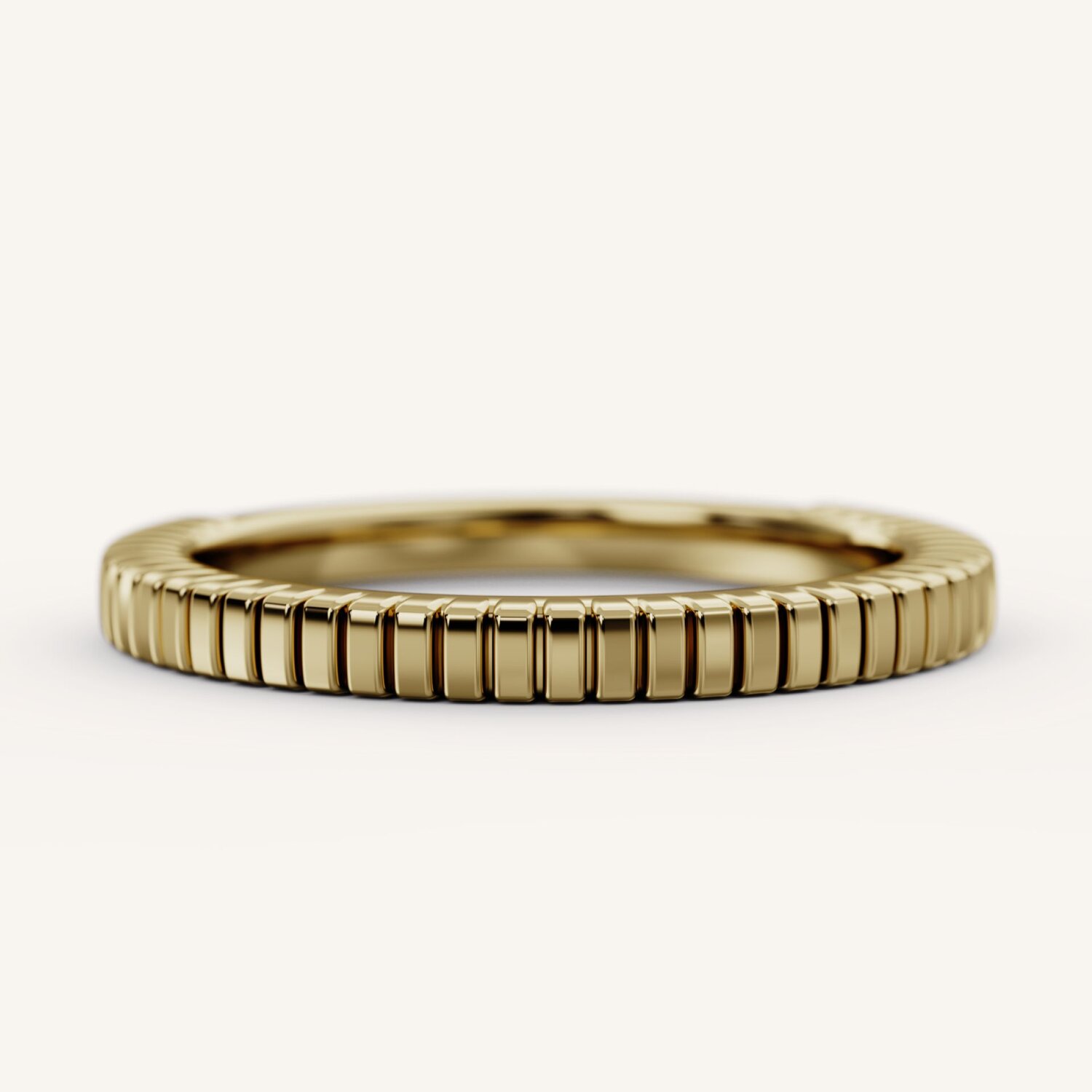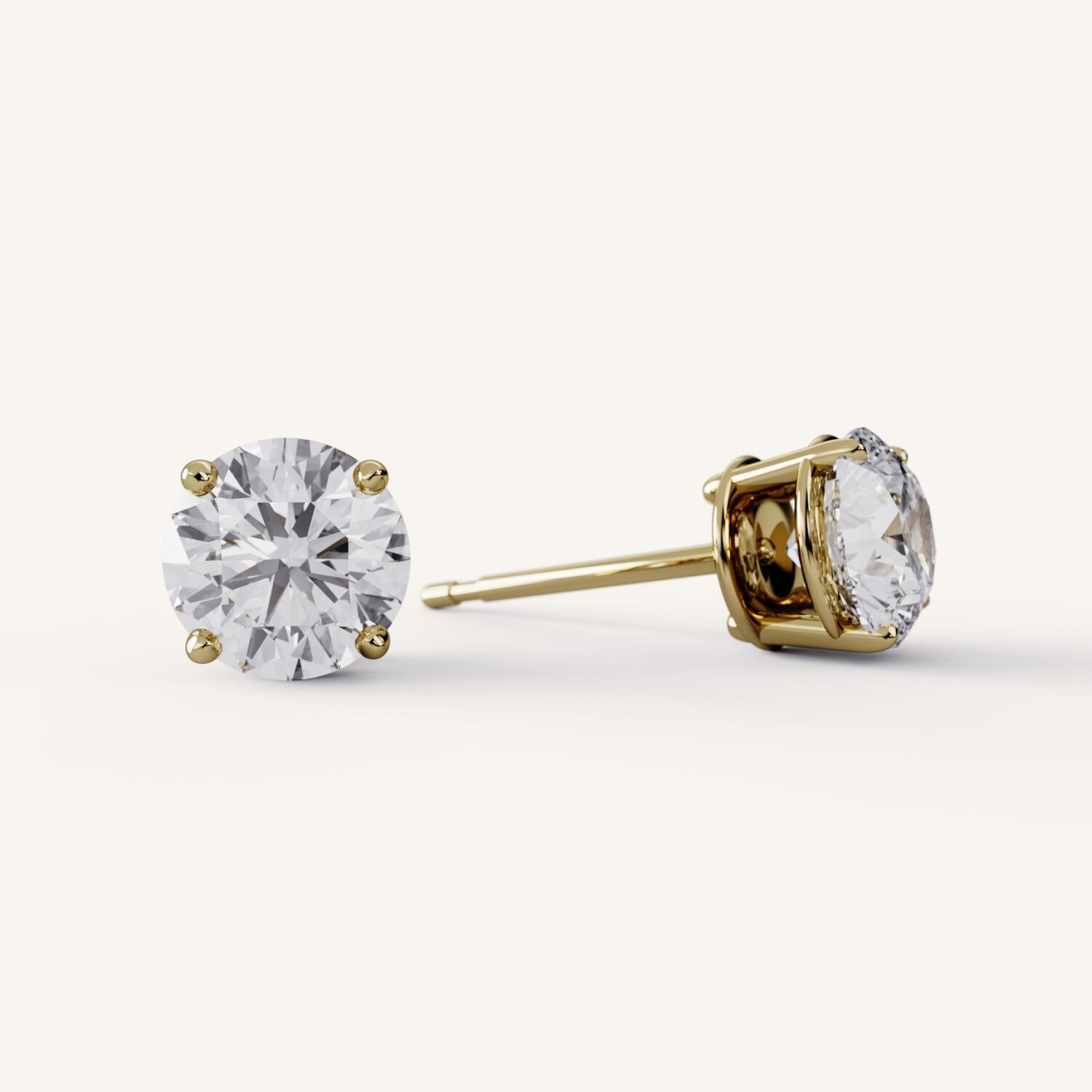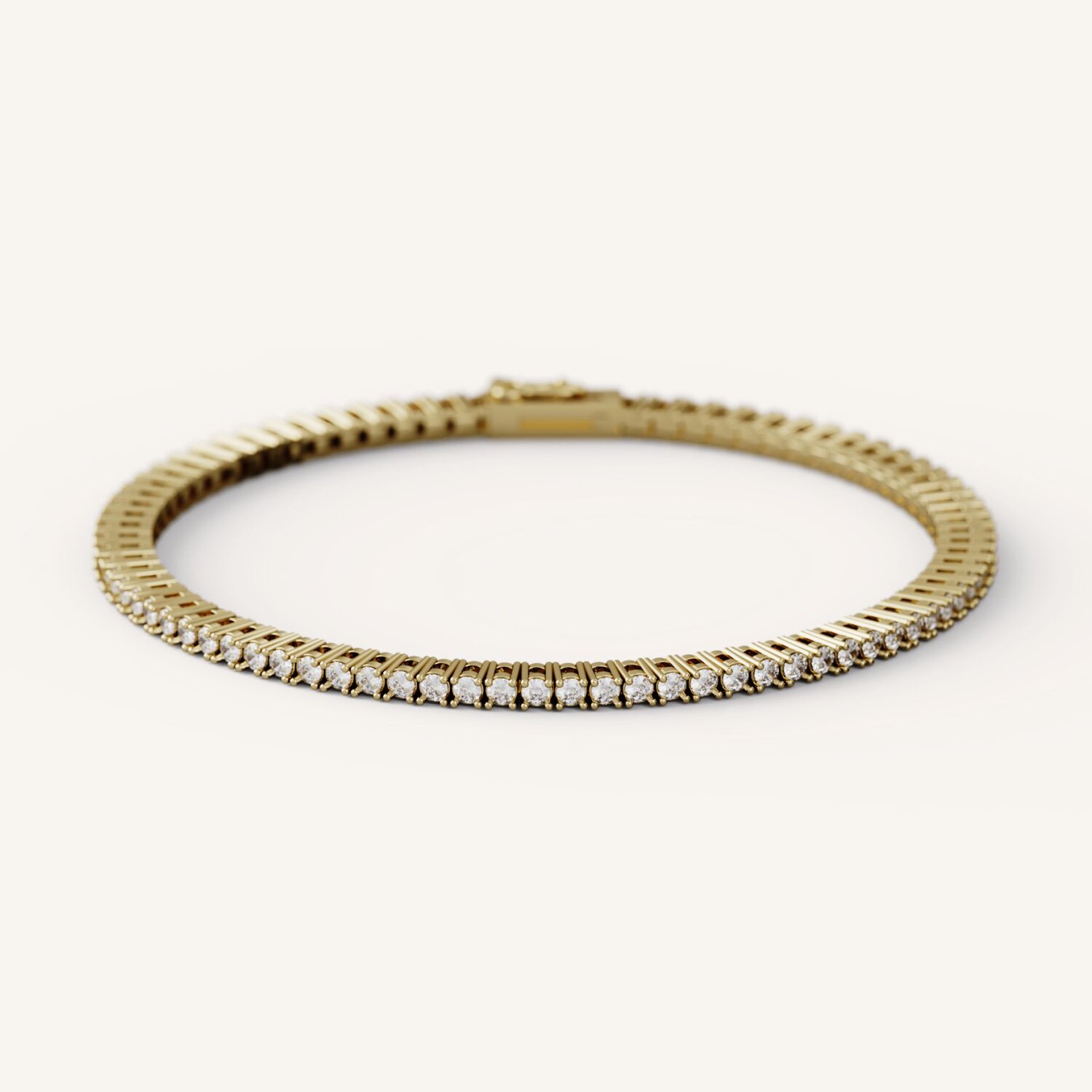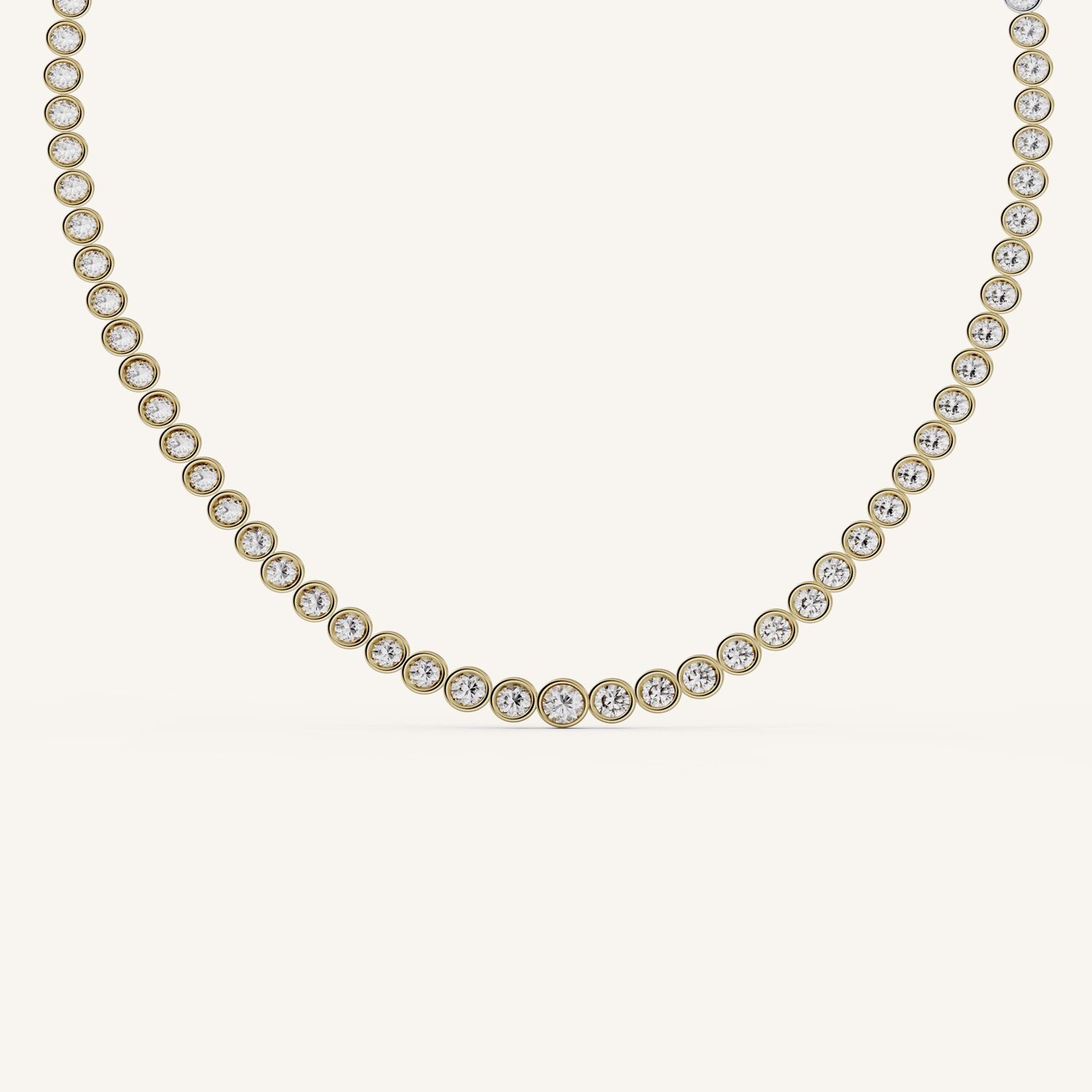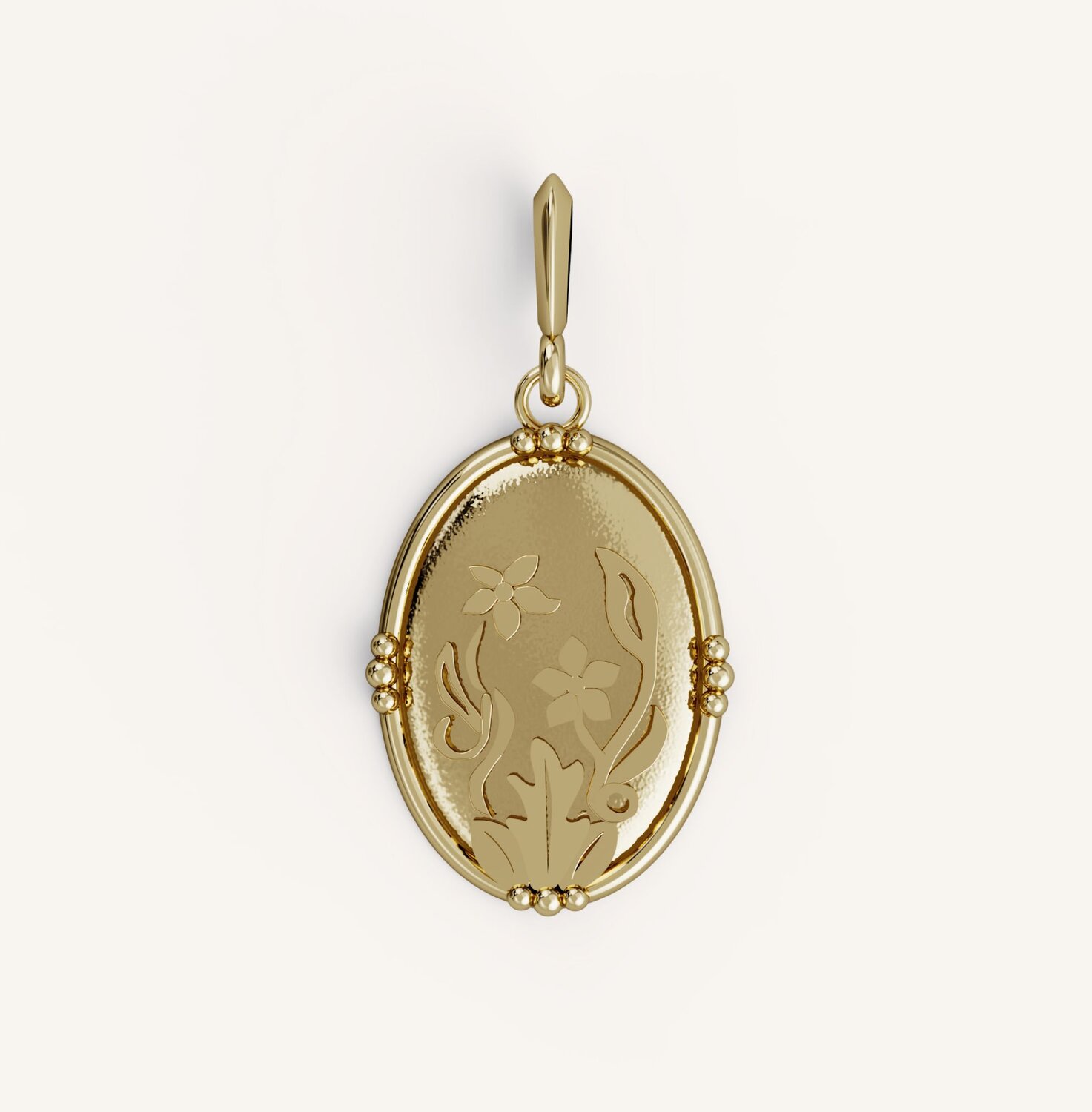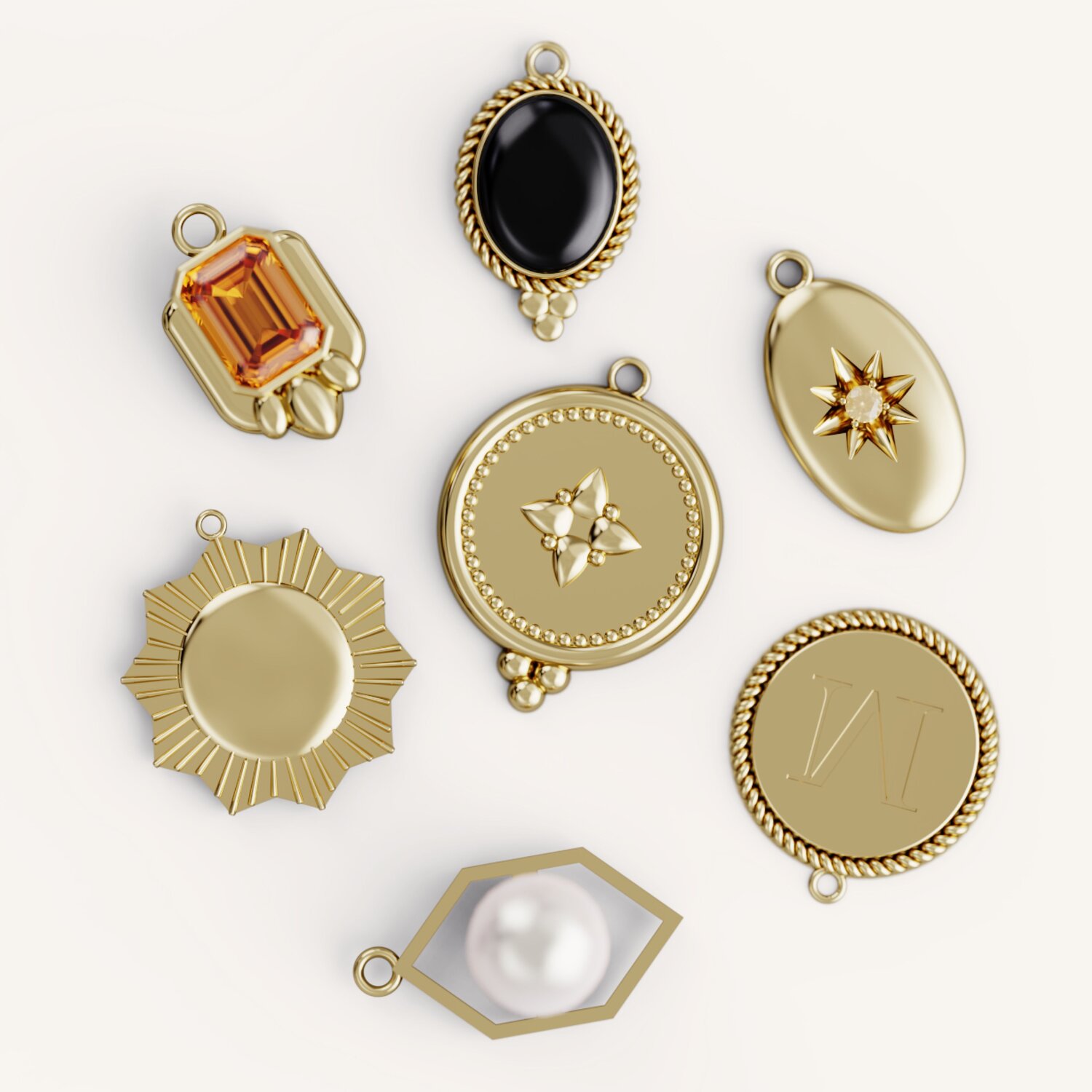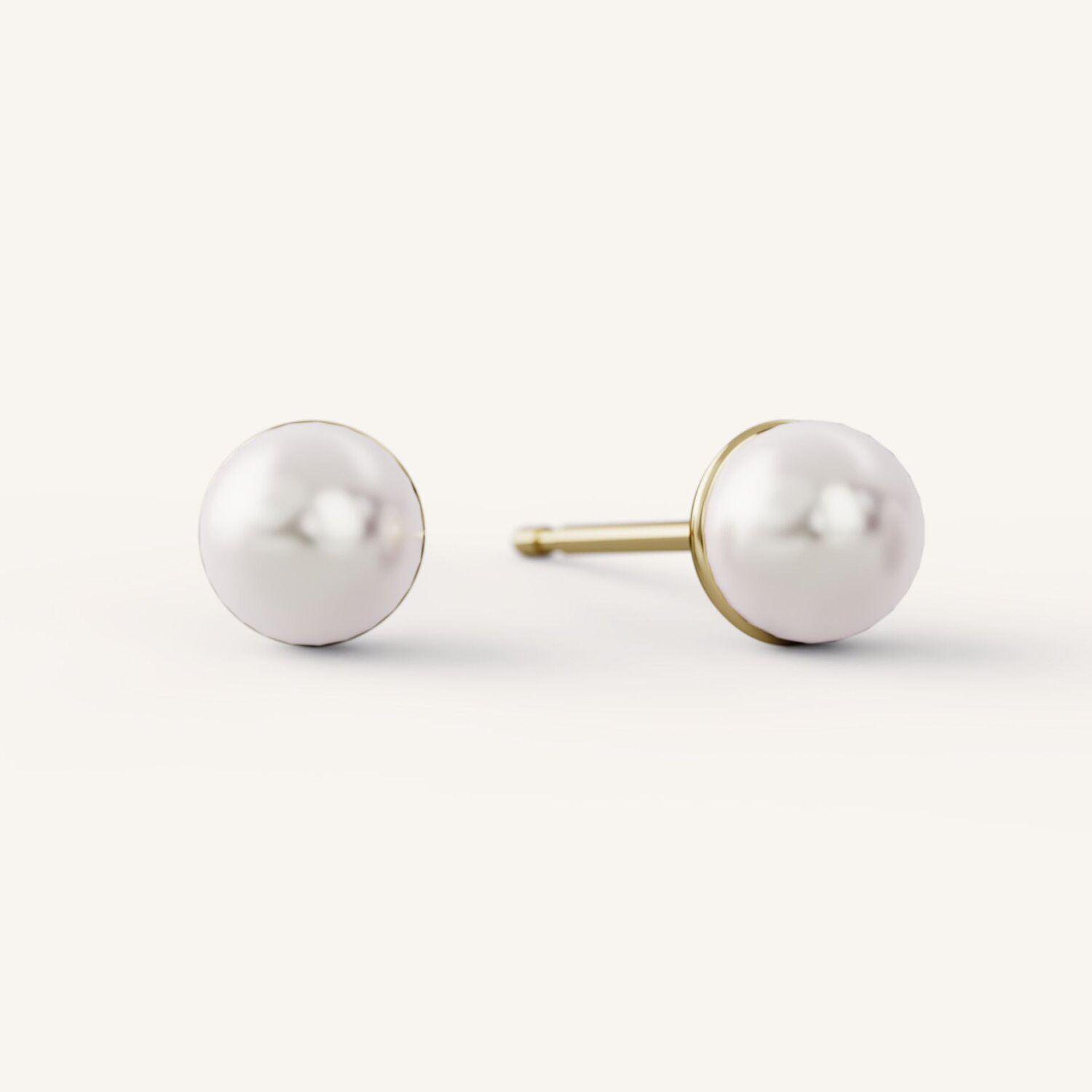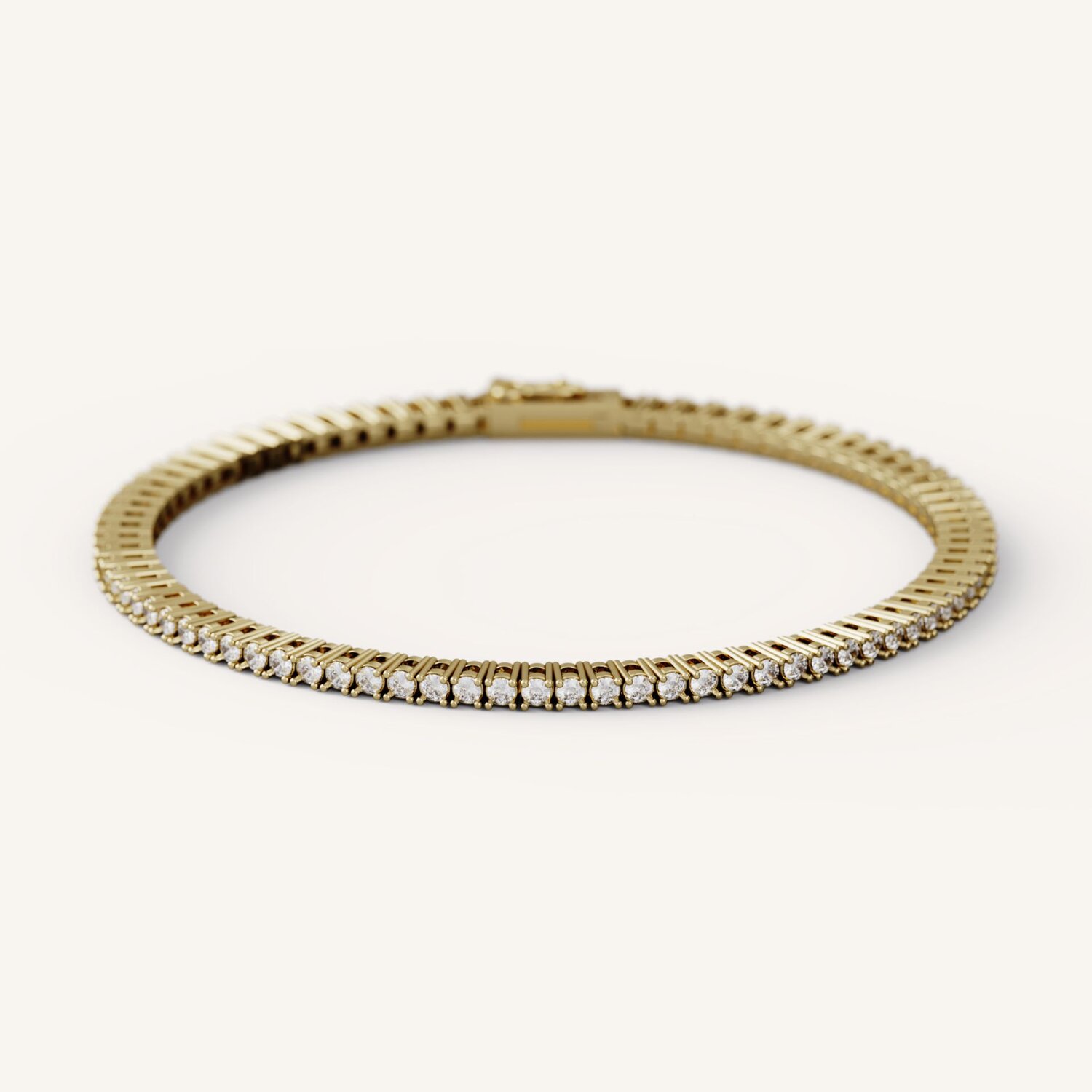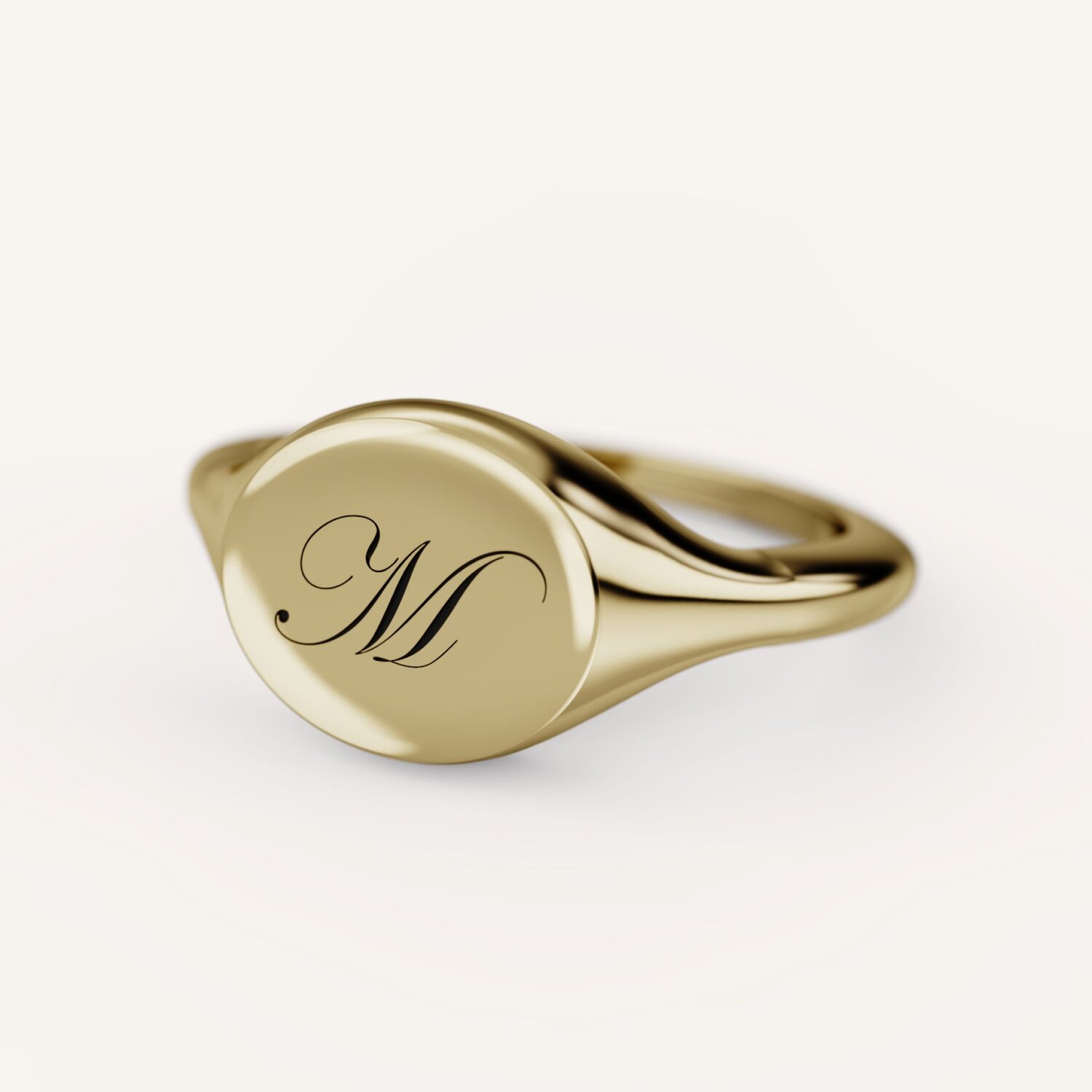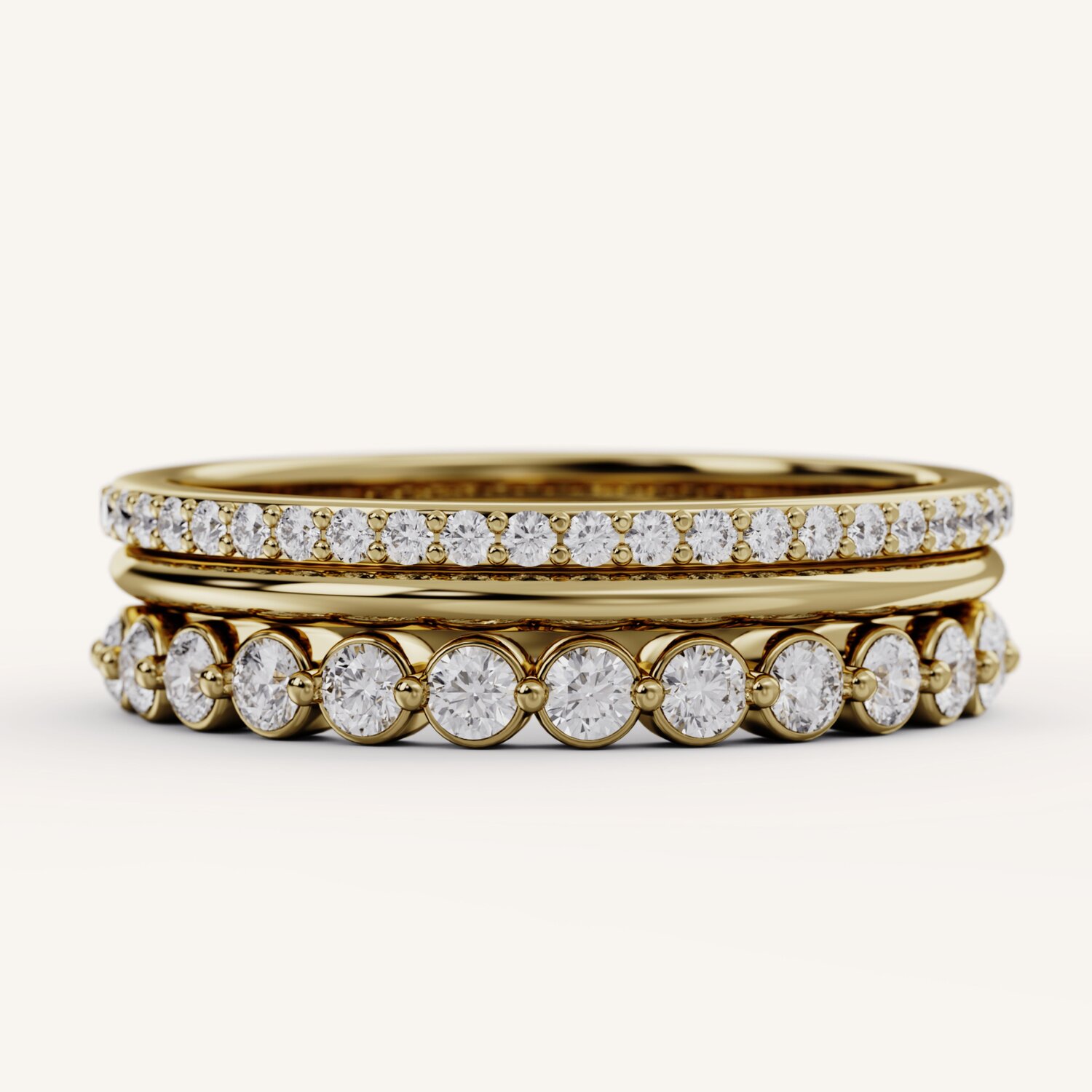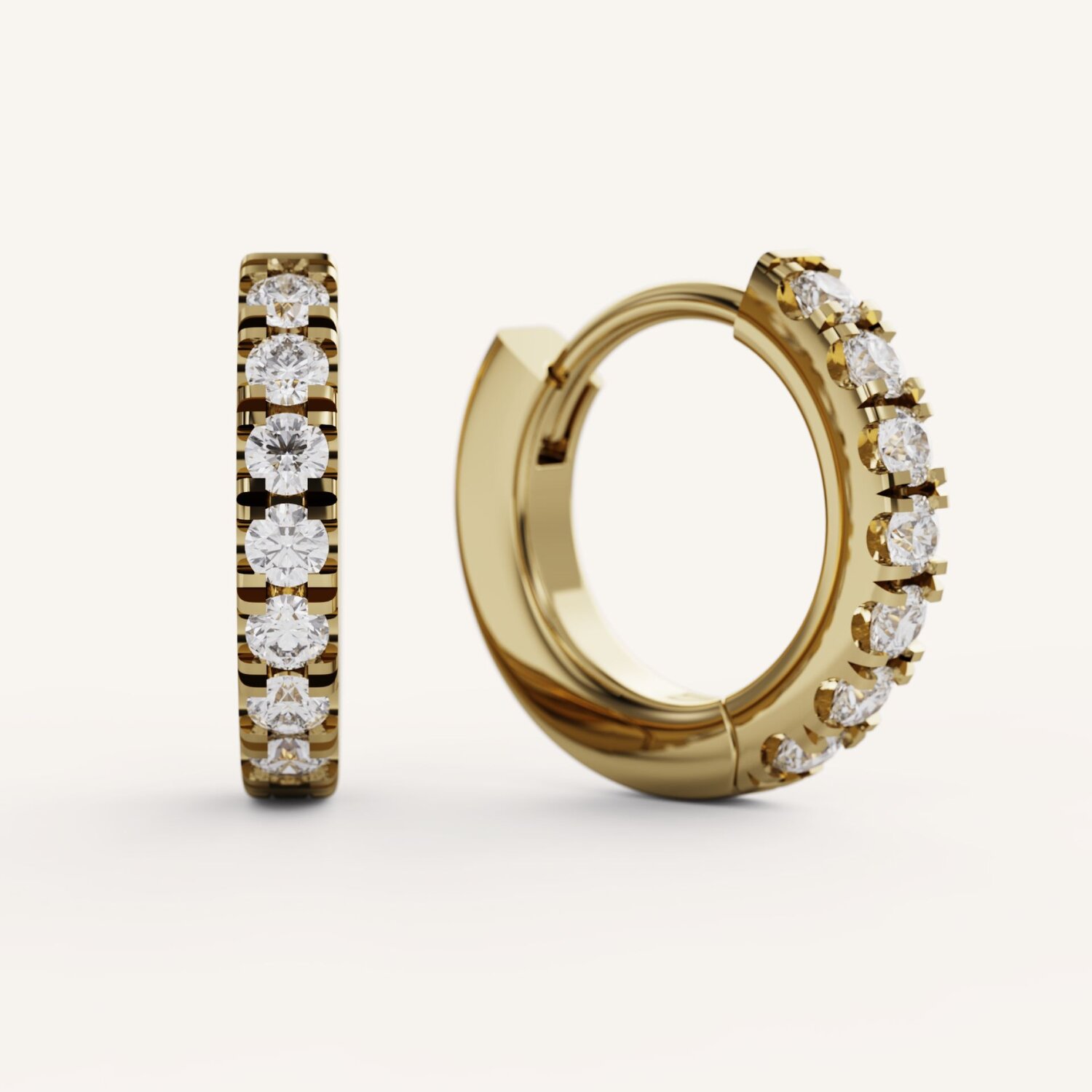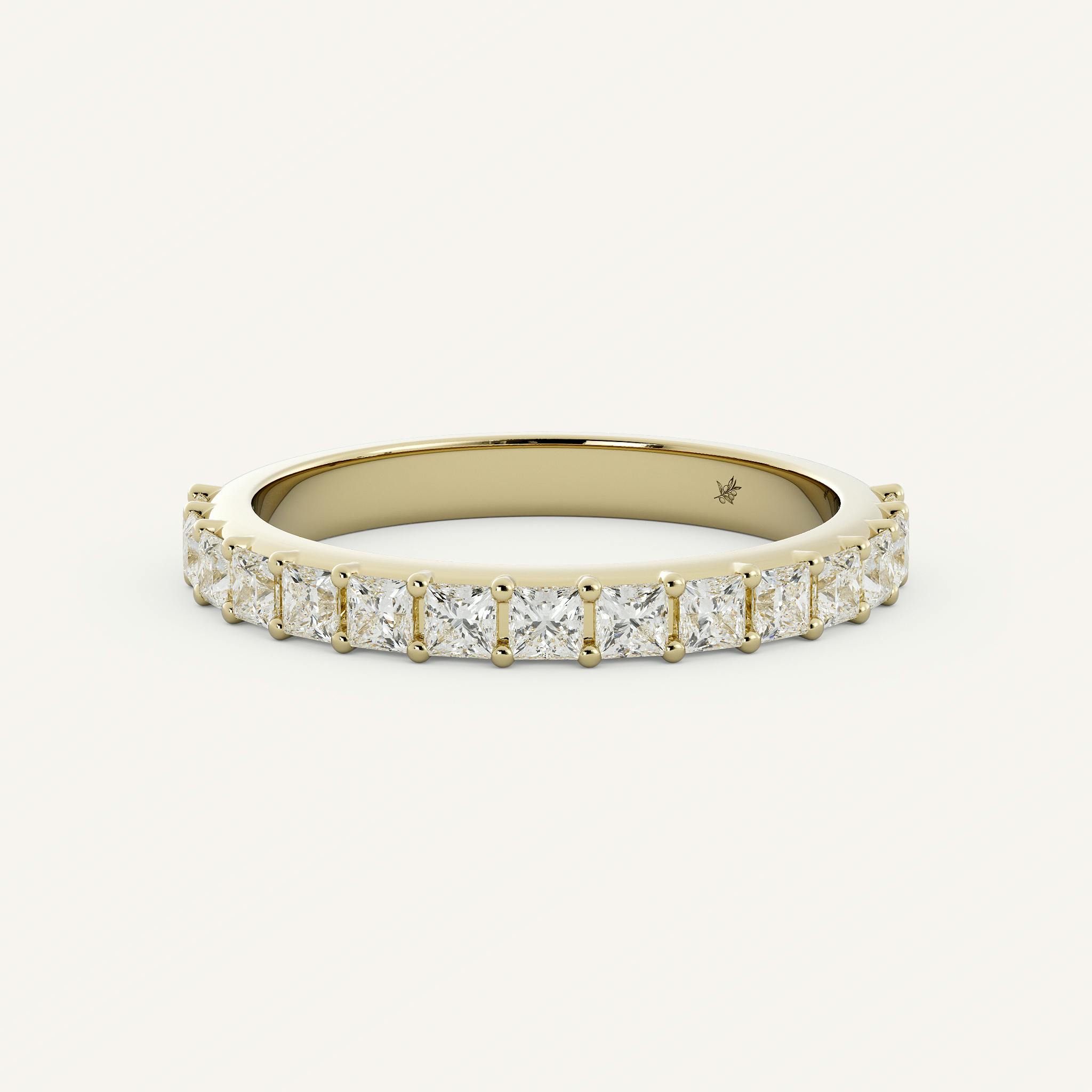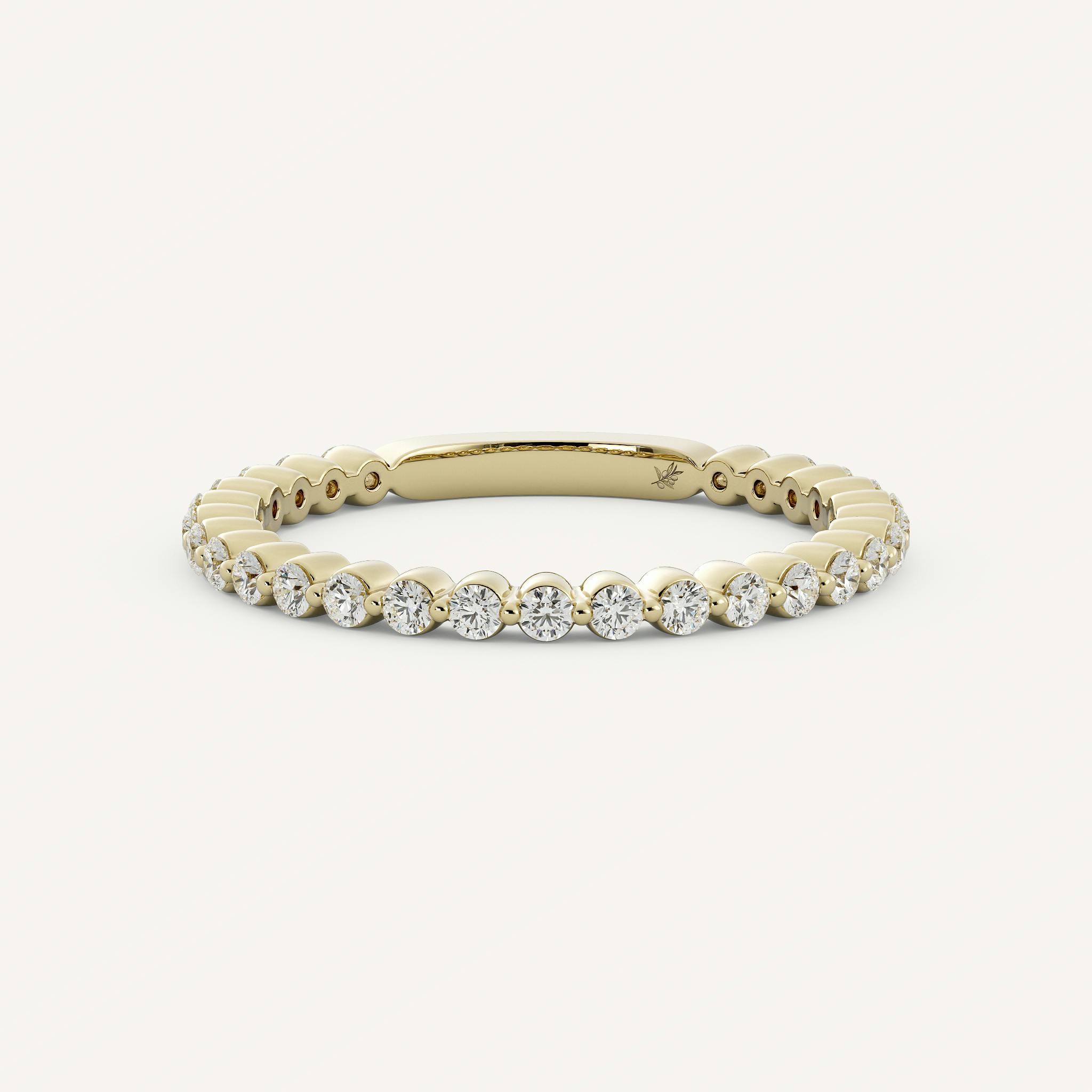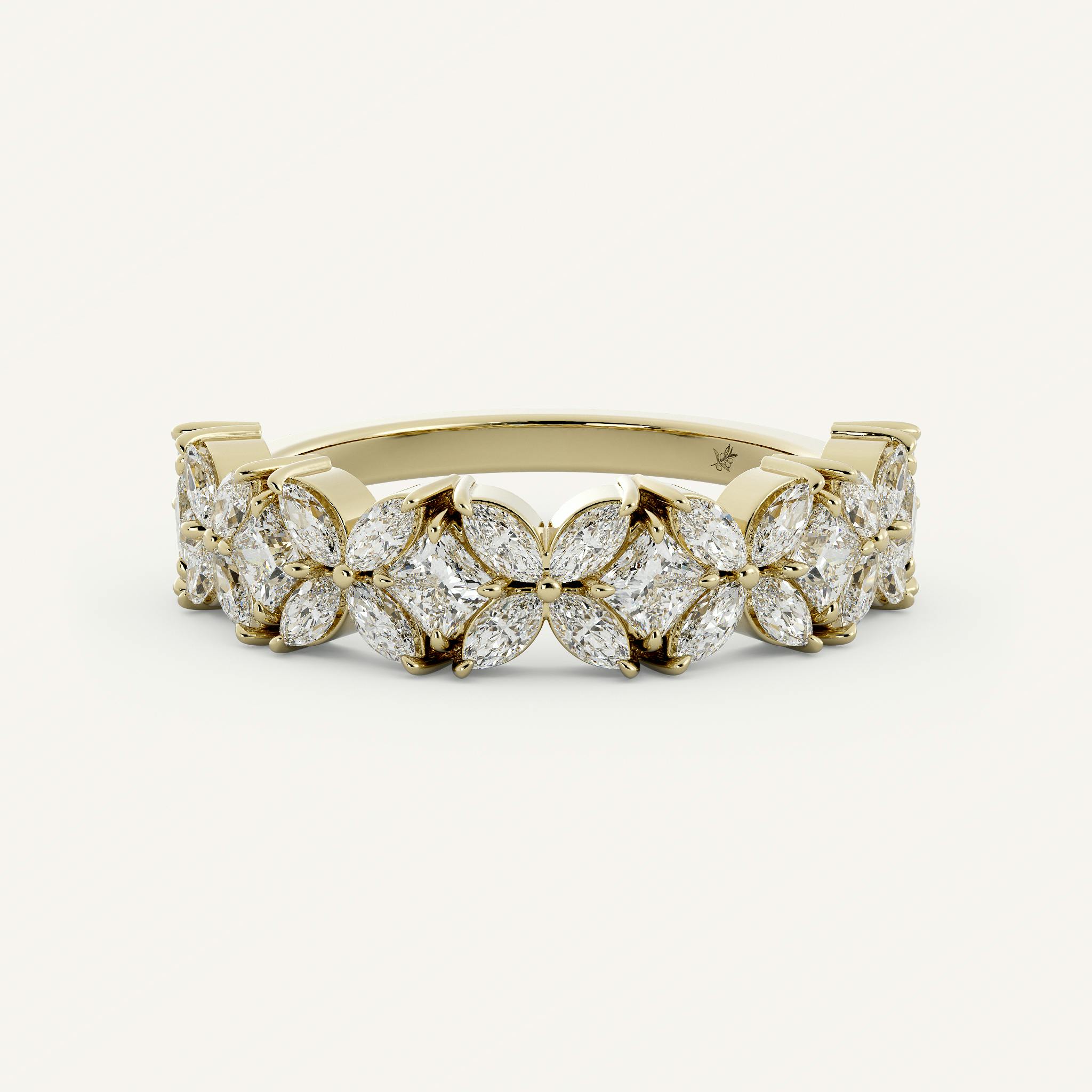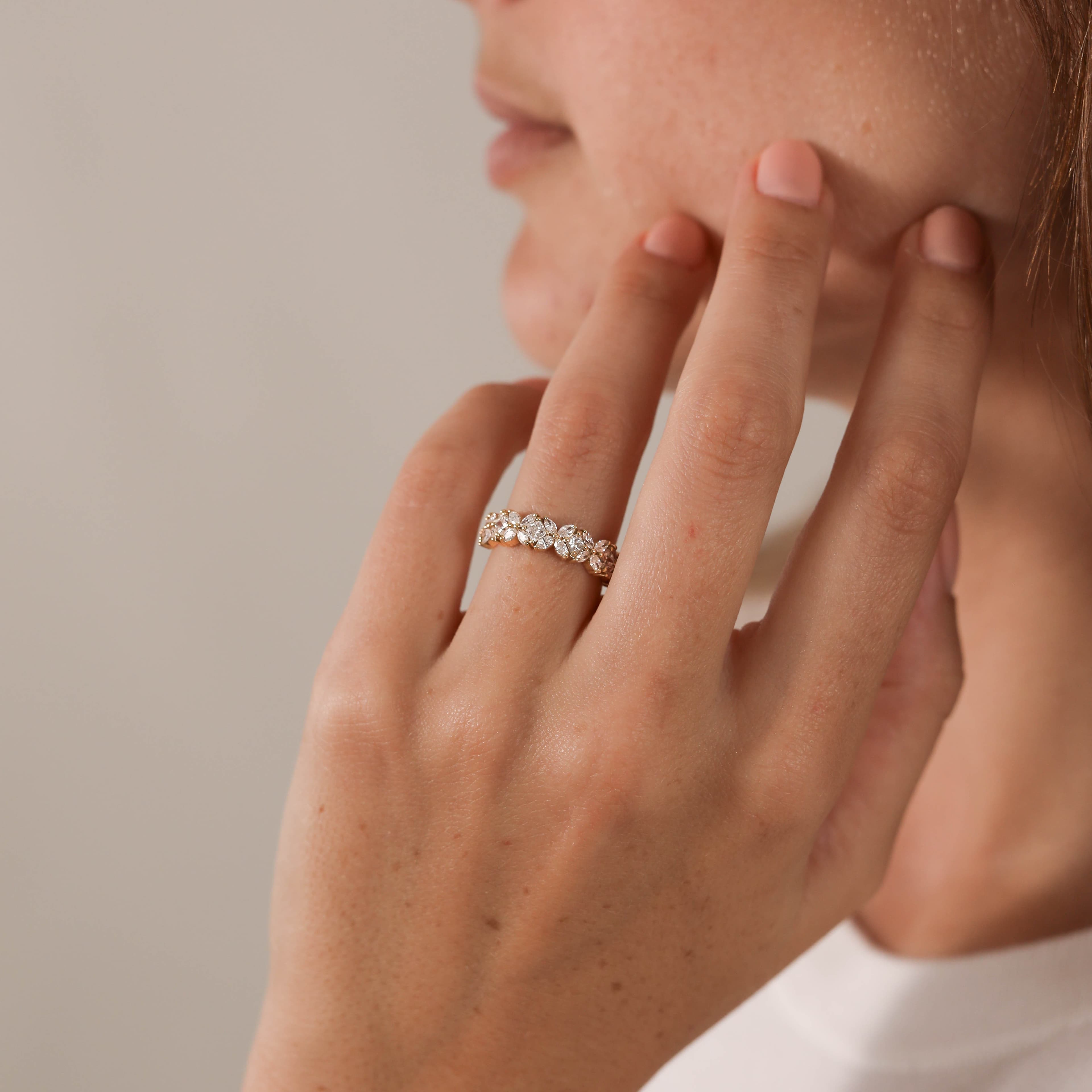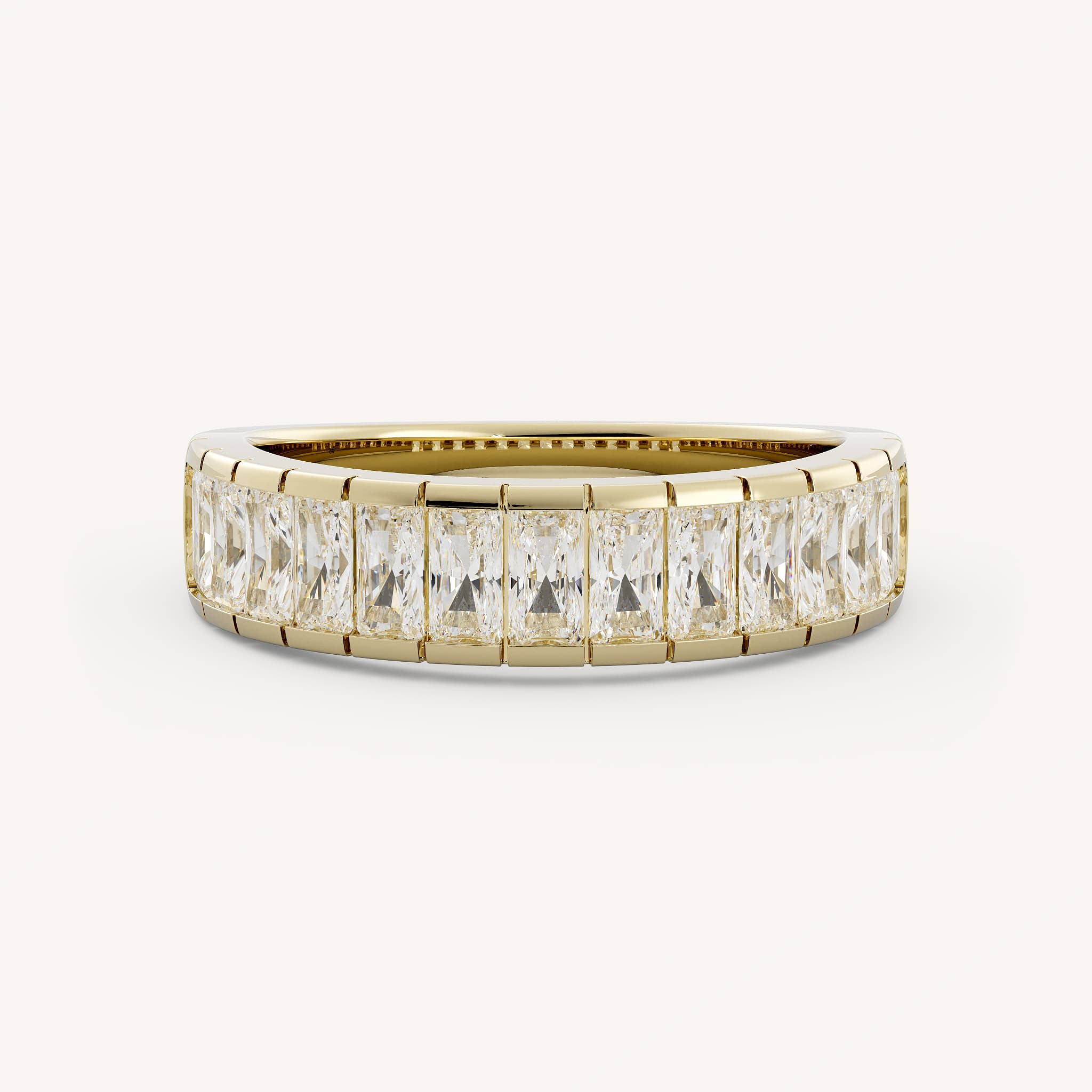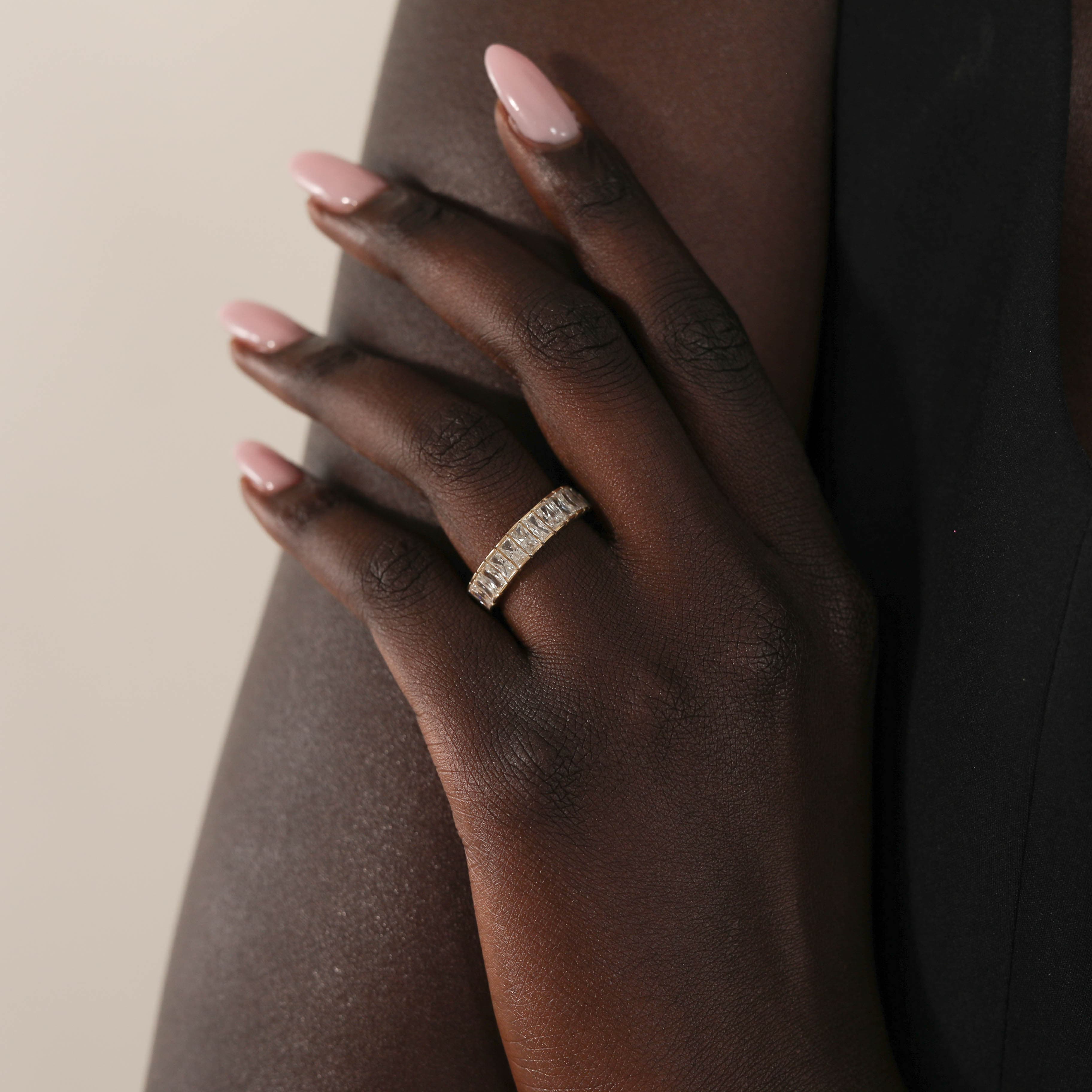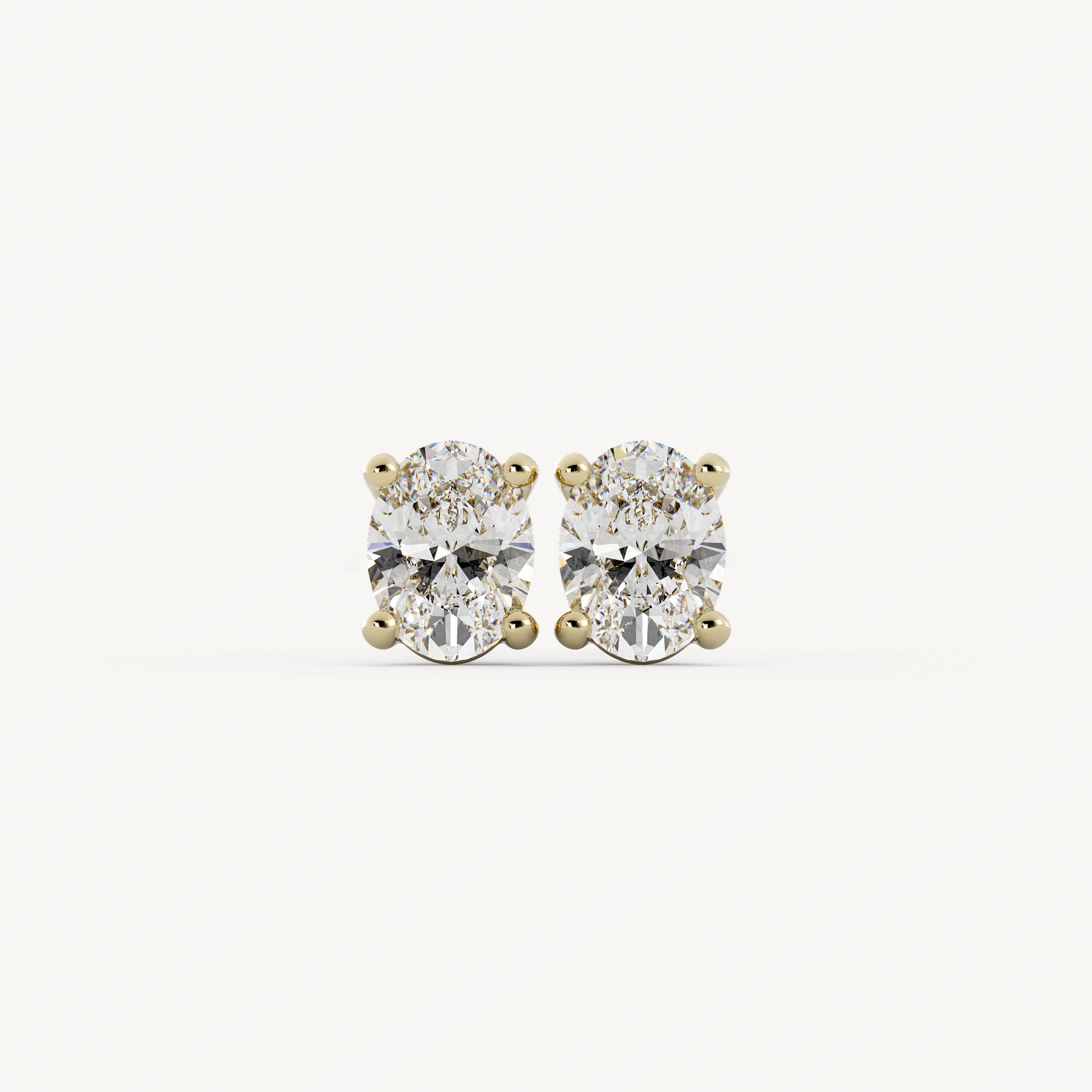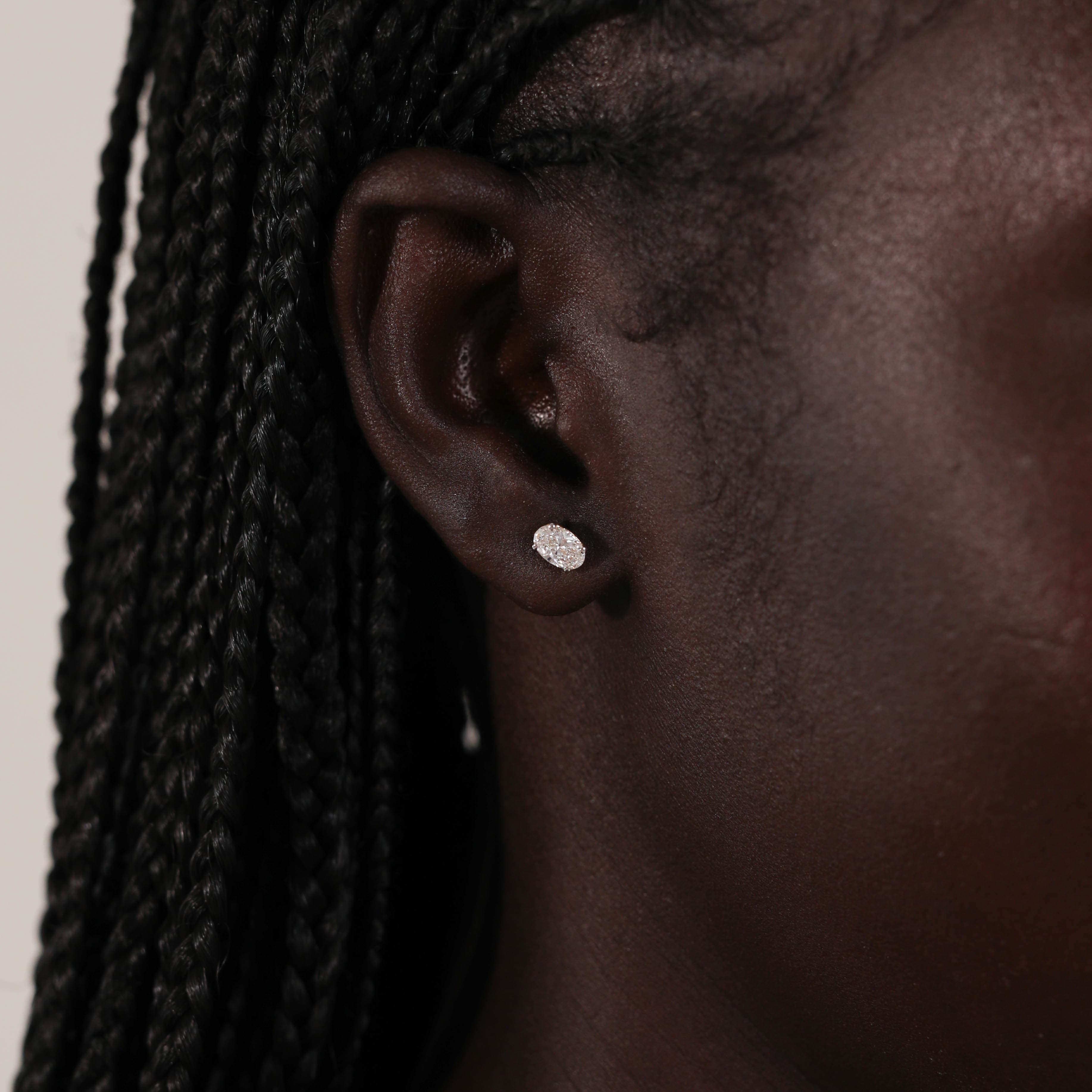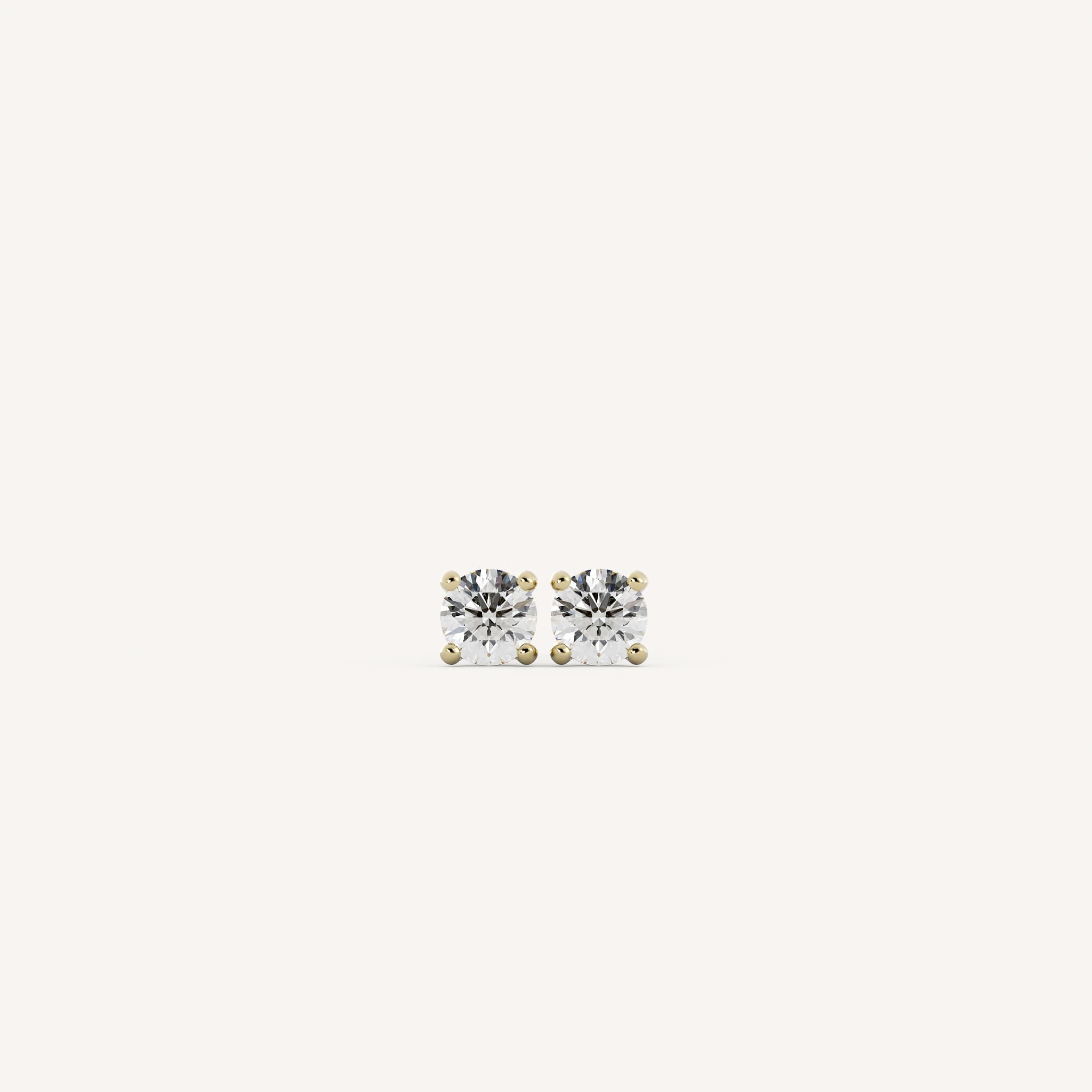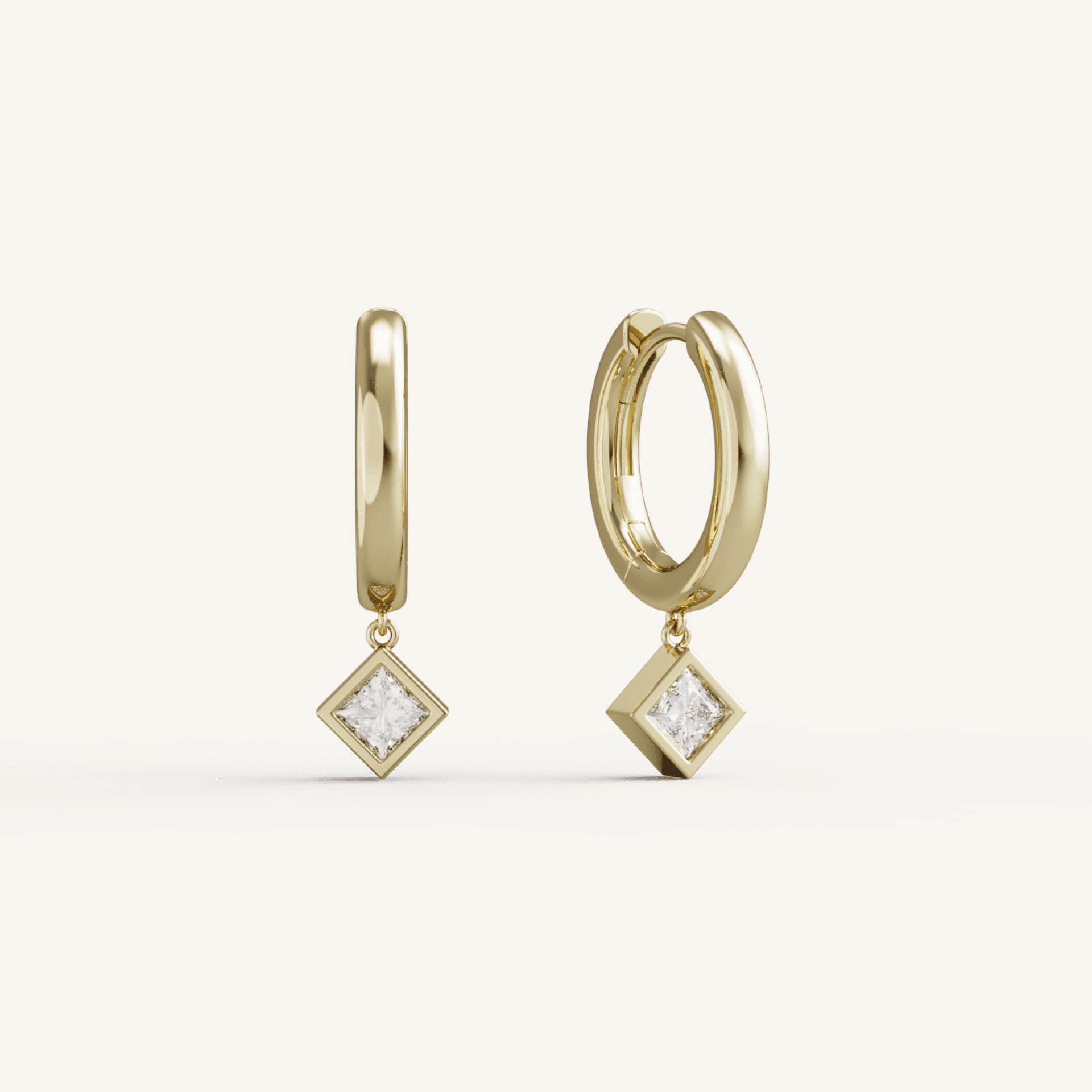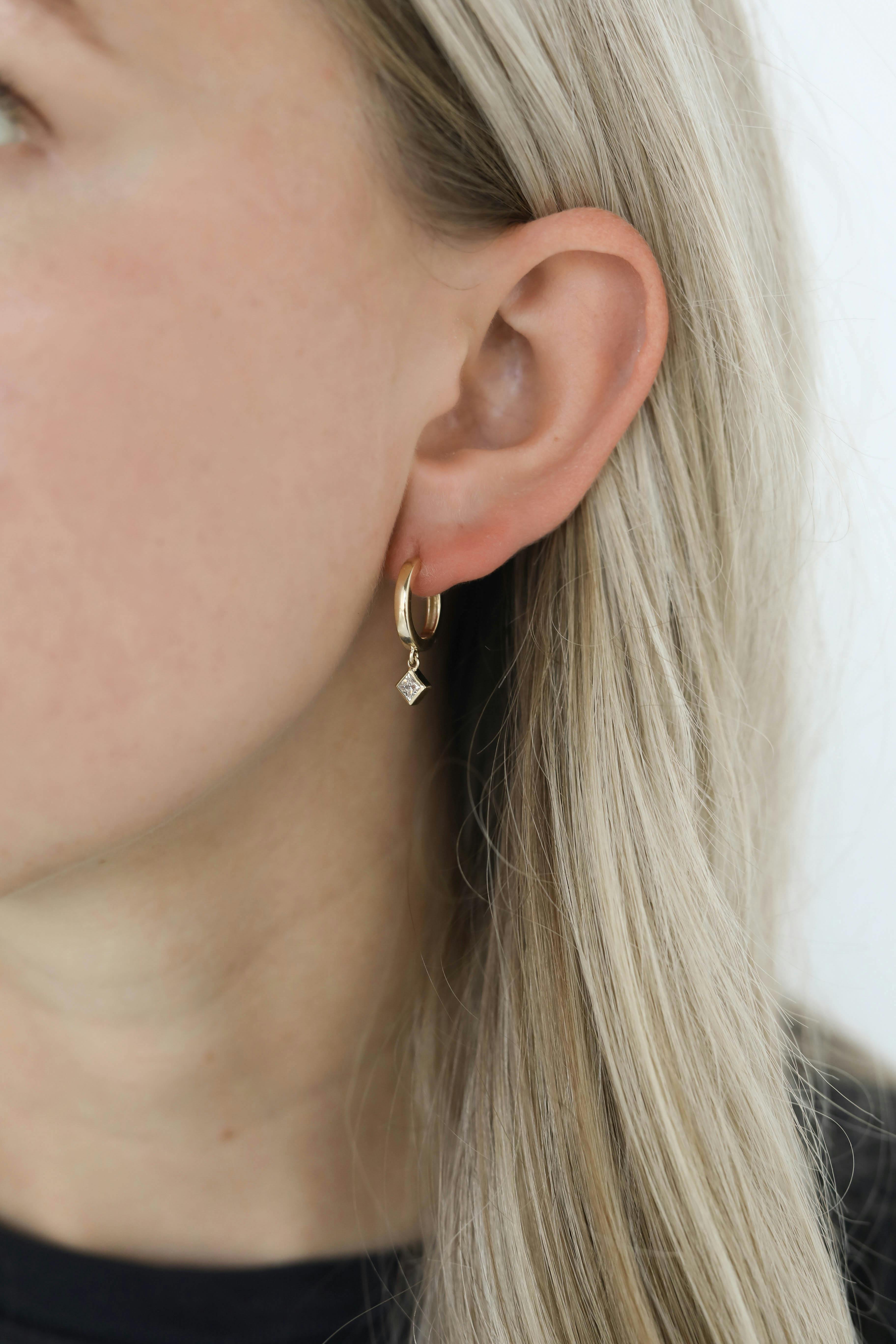Understanding Diamond Clarity
What You Should Know About Diamond Clarity
What Is Diamond Clarity?
The process of diamonds forming from carbon under heat and pressure results in internal inclusions and external blemishes. Almost all natural diamonds have some form of inclusions or blemishes, and ones that don't are considered extremely rare.
How is clarity determined?
A diamond’s clarity is determined at 10 power magnification. The clarity is graded by evaluating the presence of inclusions and blemishes as well as how their location and size affect the overall beauty of the diamond. No diamond is perfectly clean but the closer it is to having no inclusions and blemishes, the better the clarity.
What is the diamond grading scale?
The grading scale used for diamonds ranges from Flawless (FL) to Included (I3).
Note that if a higher magnification is used, more inclusions and blemishes will always be seen, but only what is noted at 10 power is considered for the clarity grade. A Flawless diamond is flawless at 10x magnification, but inclusions may be seen if viewed at a higher power. This is important to note because many images of diamonds shared online are highly magnified. You may be tempted to reject a diamond because of inclusions you see at 40x or more magnification, but these are not affecting the beauty of the diamond if they cannot be seen with the naked eye or at 10x magnification. Diamonds that have no visible inclusions to the naked eye are often referred to as “eye-clean”. SI1 clarity diamonds can be eye clean and VS2 or better clarity diamonds almost always are eye clean.
Diamond Clarity Chart Explained:

What are some types of inclusions or blemishes in diamonds?
The most common imperfections in diamonds are clouds, graining, cavities, and feathers. Clouds are a group of tiny points grouped together that may interfere with the brilliance of the diamond. Graining is when the diamond produces white, colored, or reflecting lines inside the diamond, making it appear hazy. A cavity is a small hole in the diamond that minerals and inclusions settle in which can cause visible marks to the naked eye. Lastly, a feather is a tiny fracture inside the diamond that can catch light and show as a white feather-like inclusion.
How Important Is Diamond Clarity?
Diamond clarity is as important as the wearer wants it to be. While cleaner diamonds are more valuable, many people prioritize other more visible diamond qualities over clarity (such as cut and color).
There are also people who want a diamond that has a salt and pepper appearance. These are highly included diamonds, but have a unique aesthetic preferred by some customers.
If you need help choosing a diamond is best for you, please email us at hello@oliveavejewelry.com.


